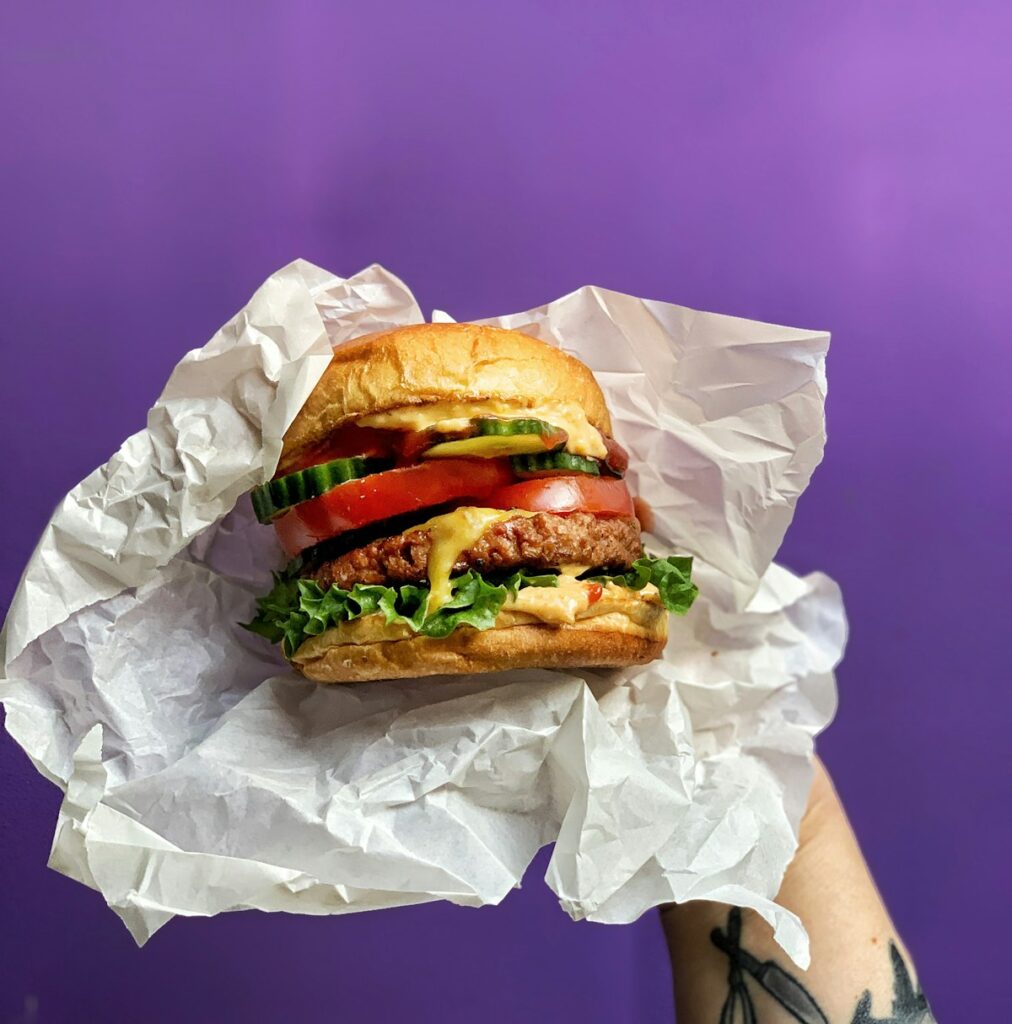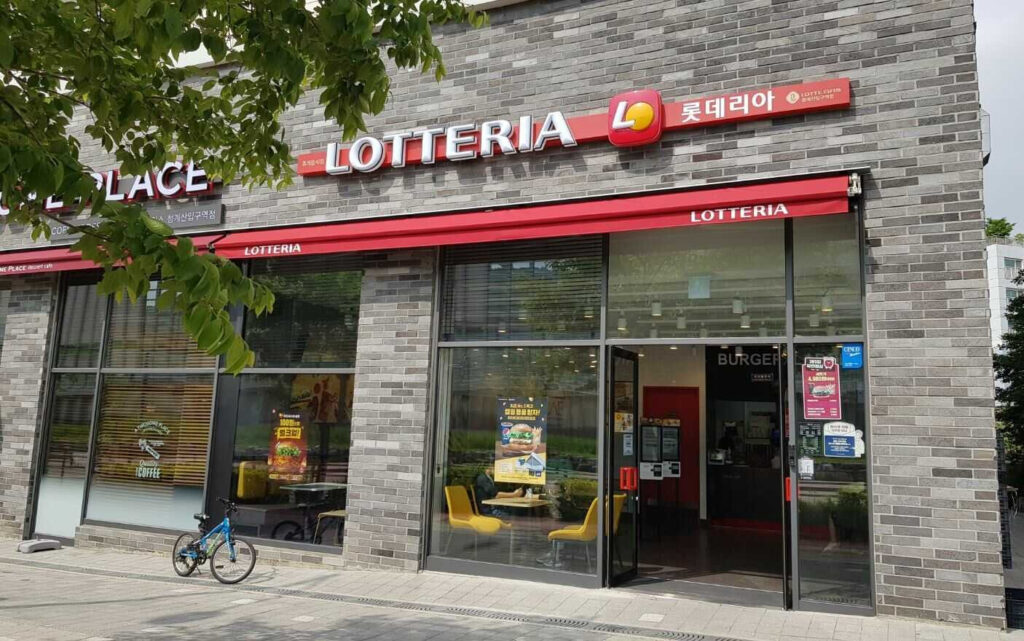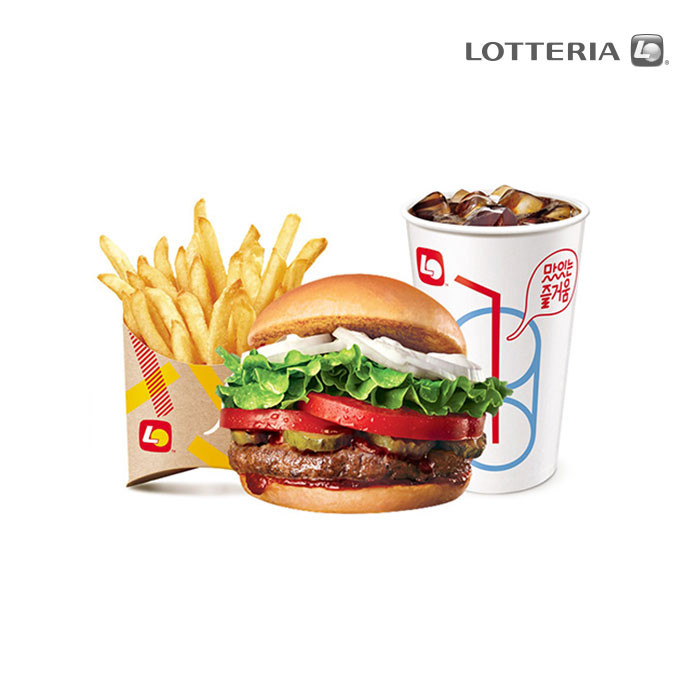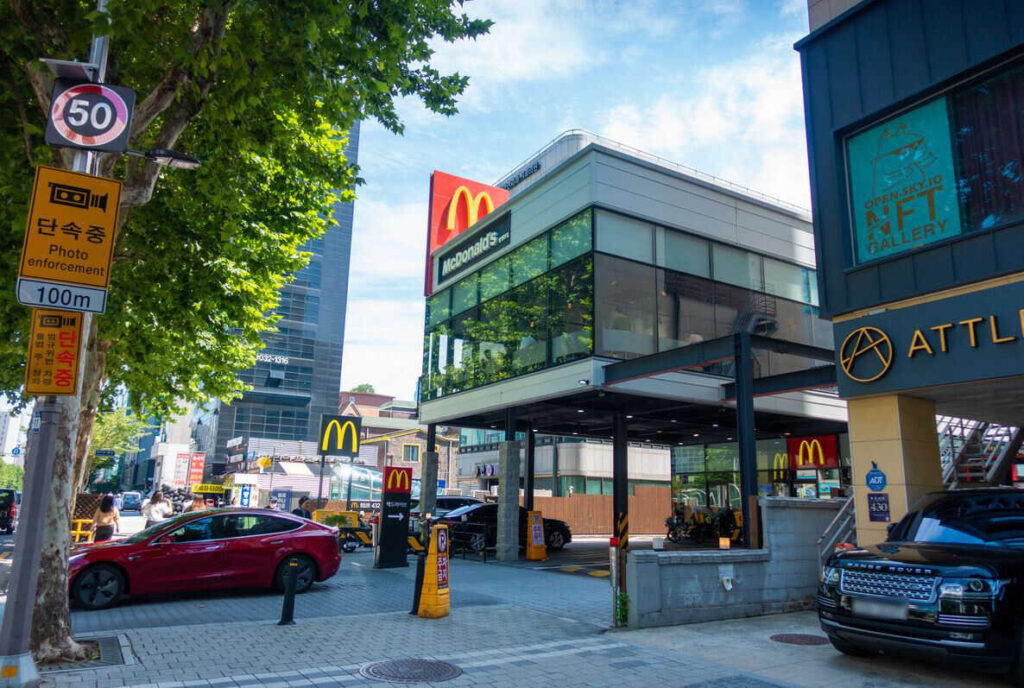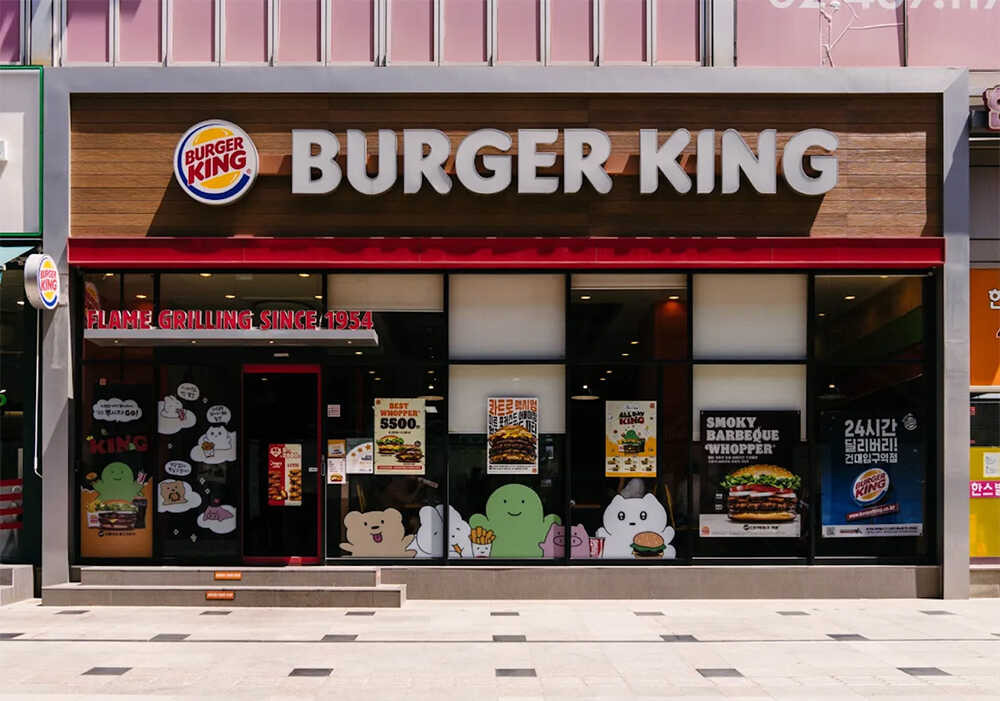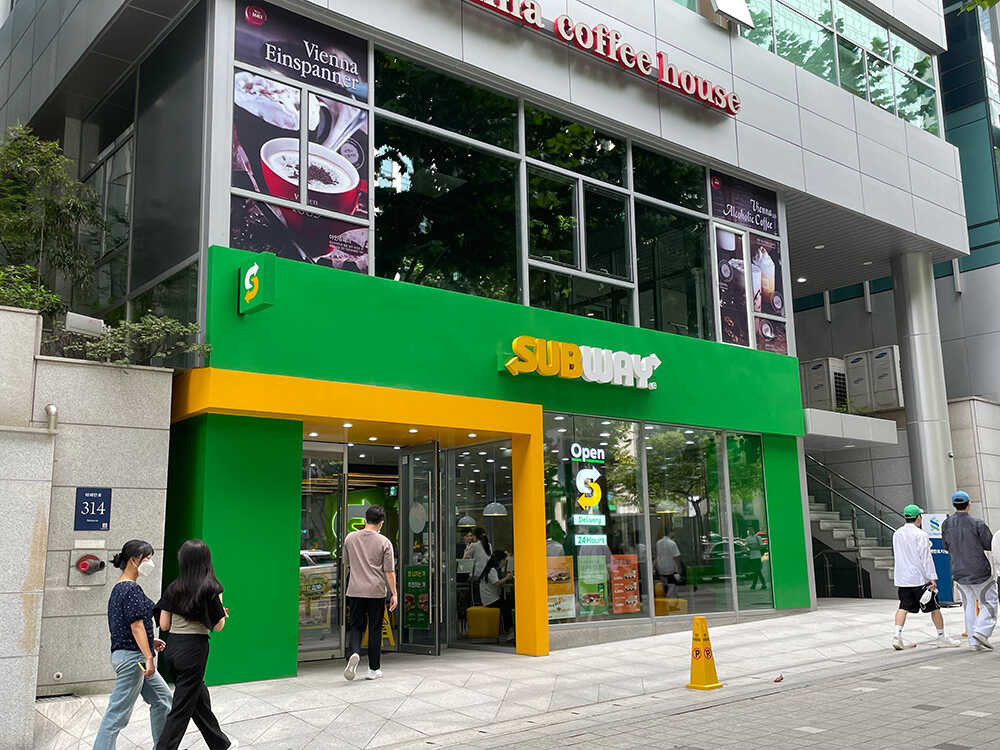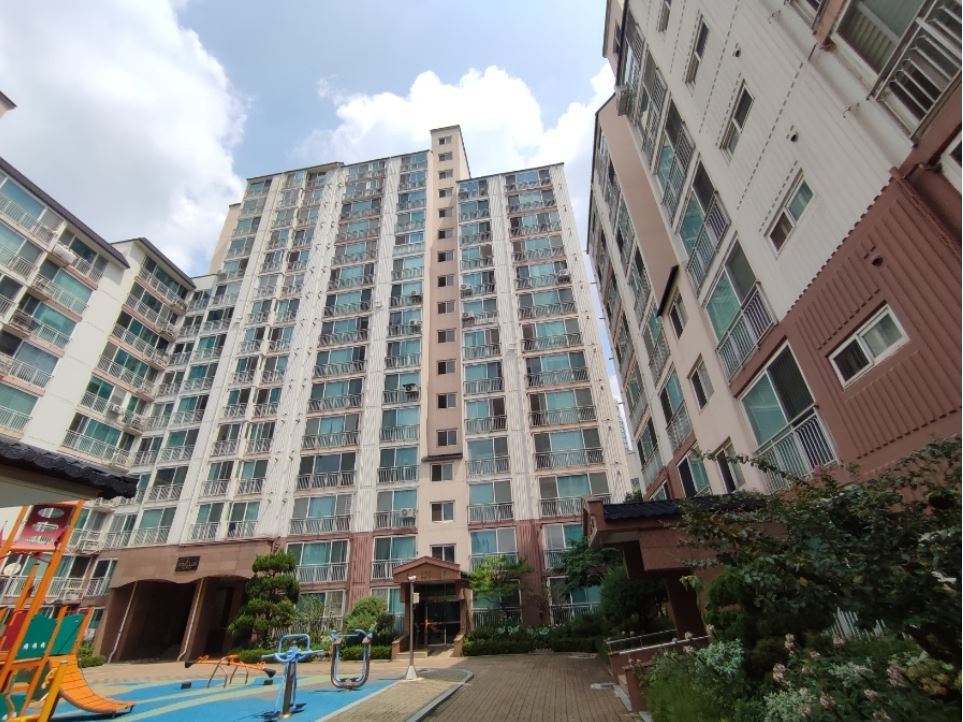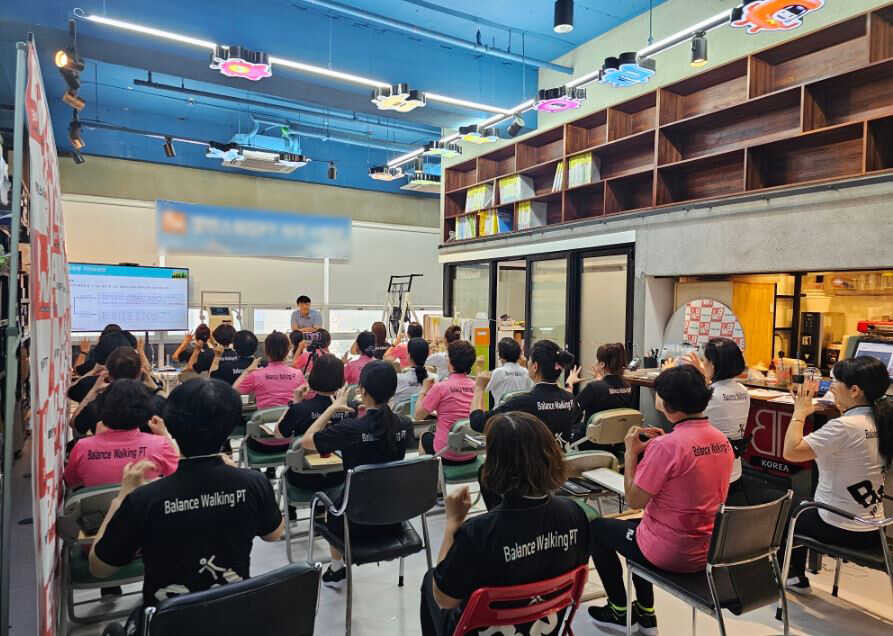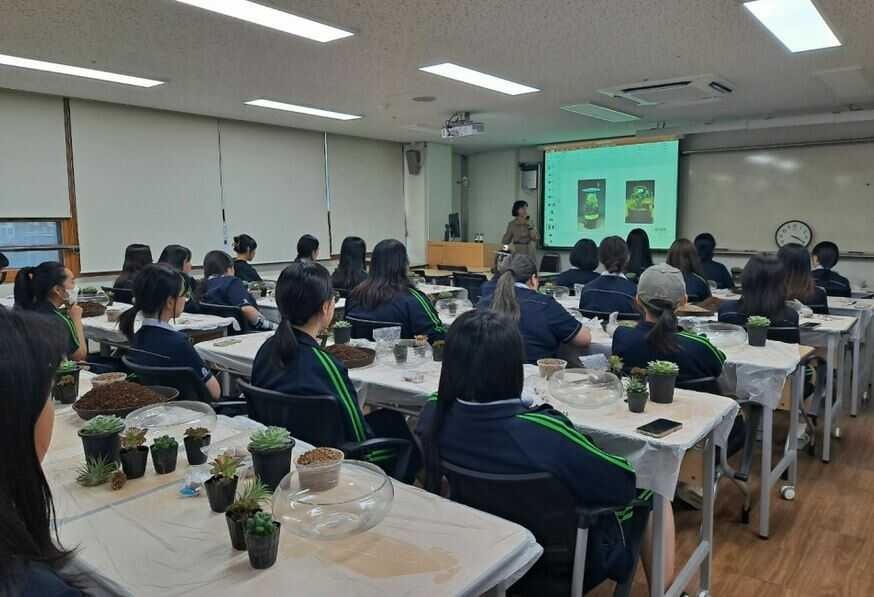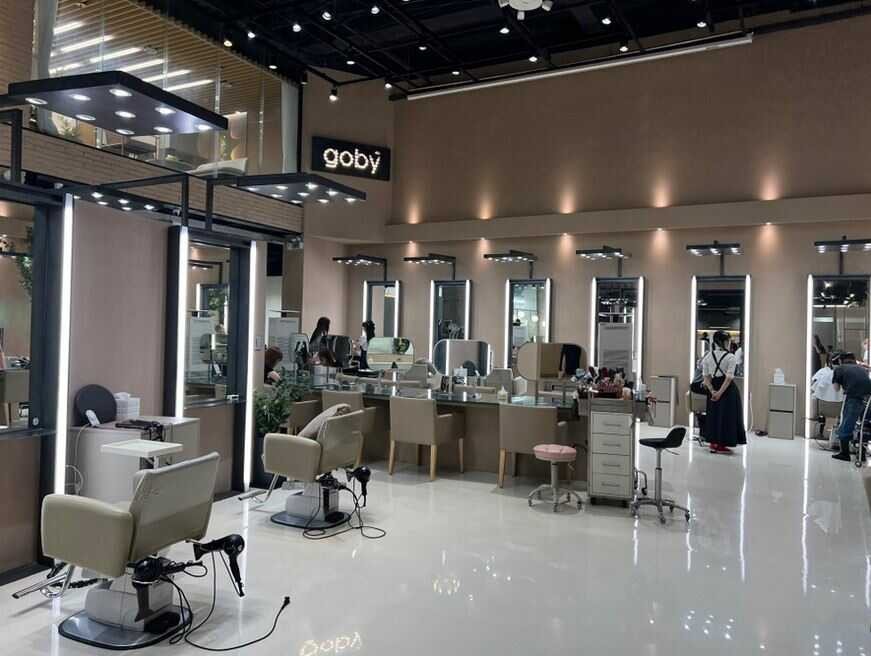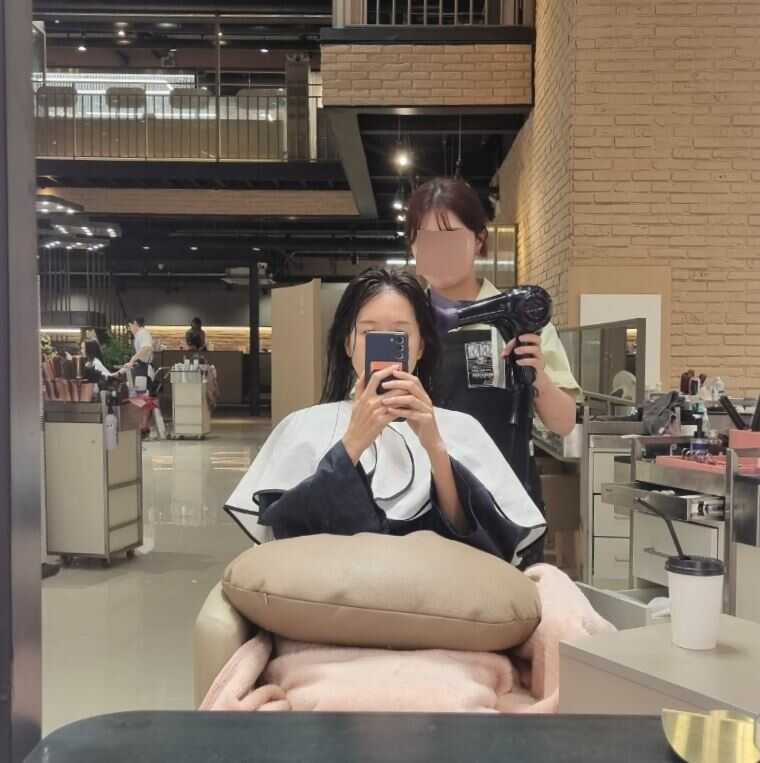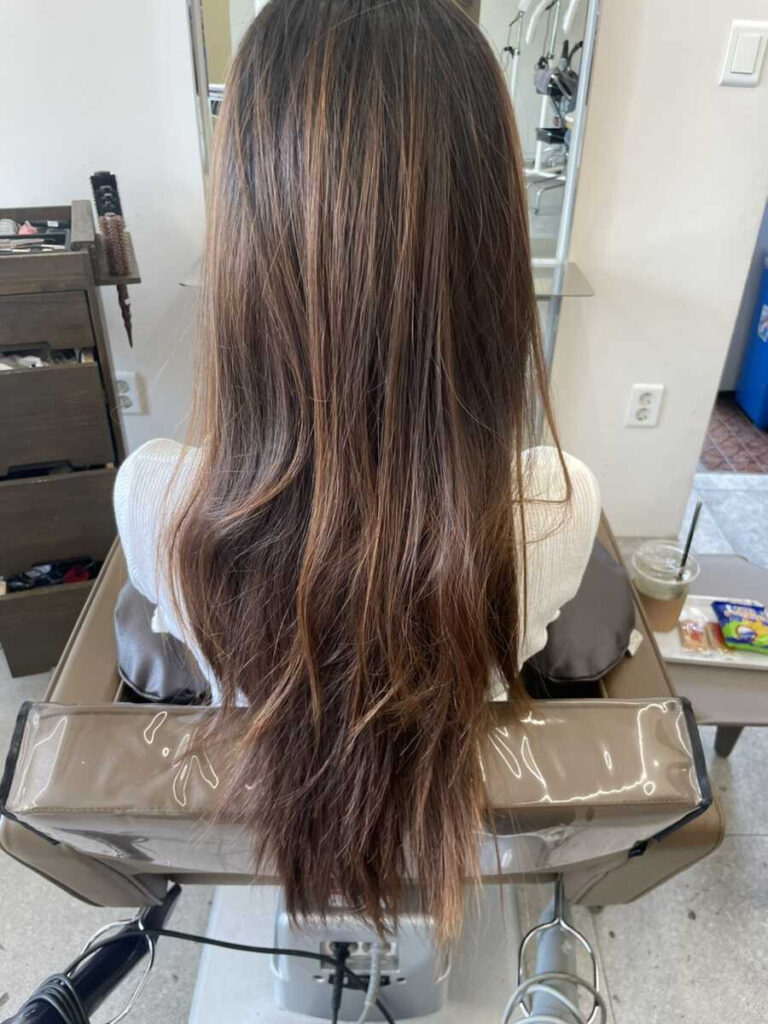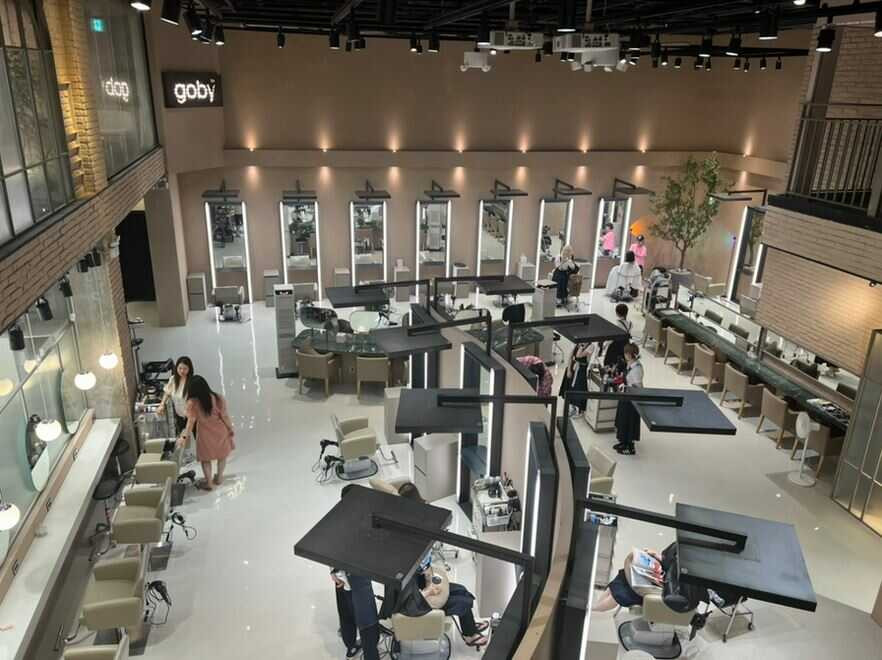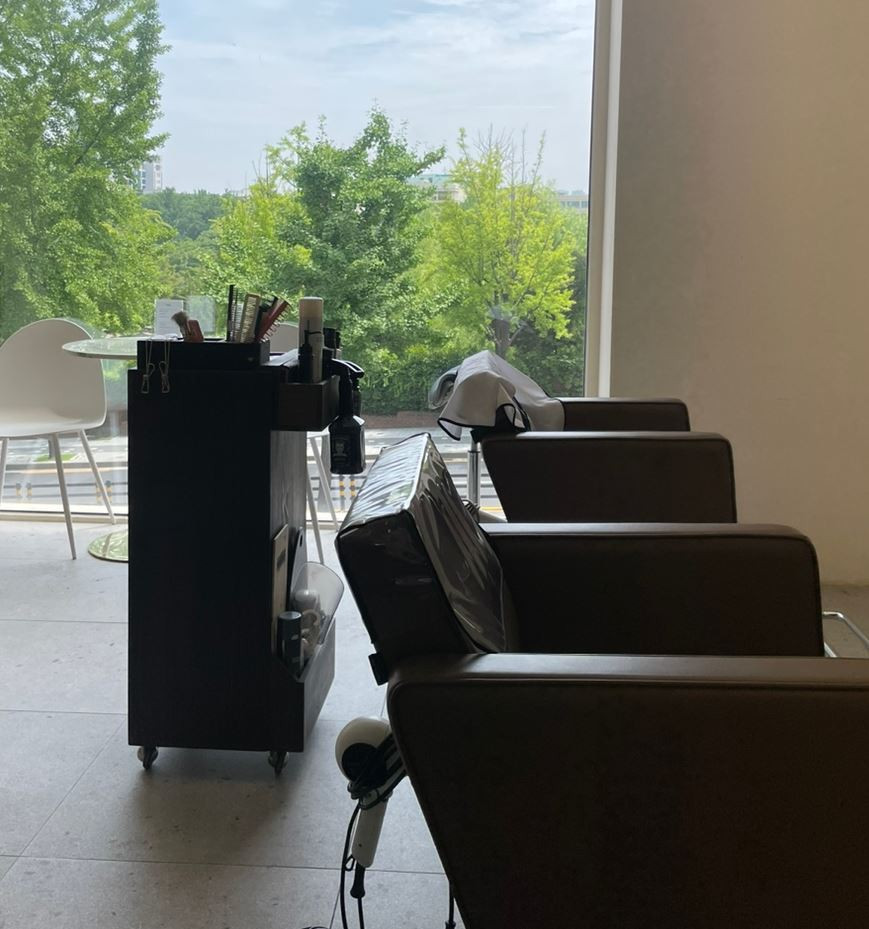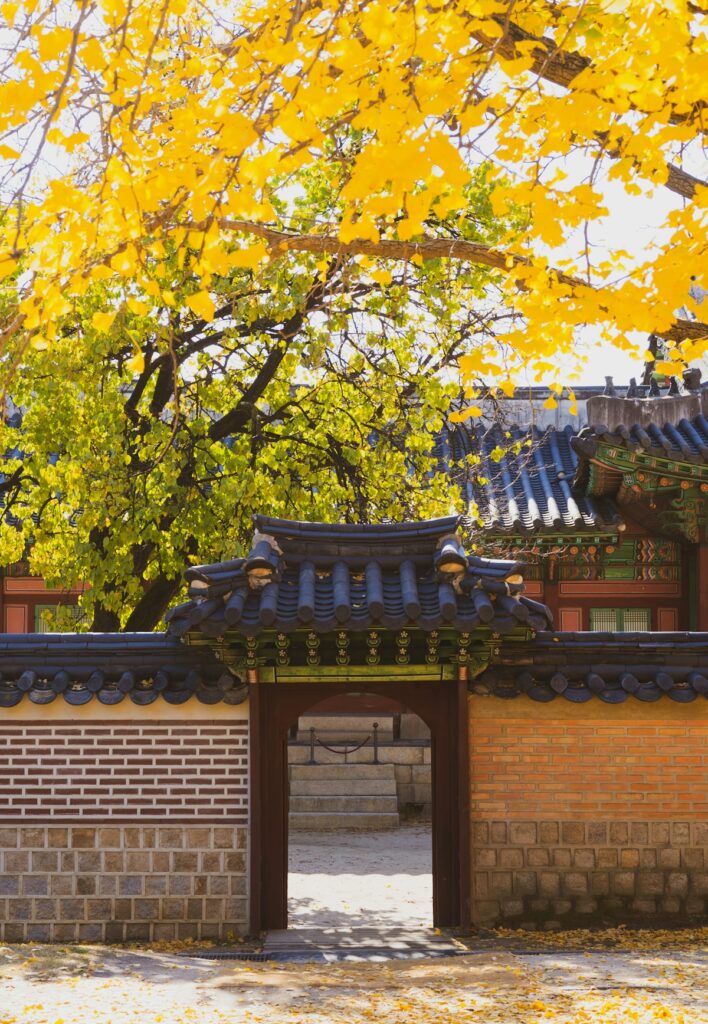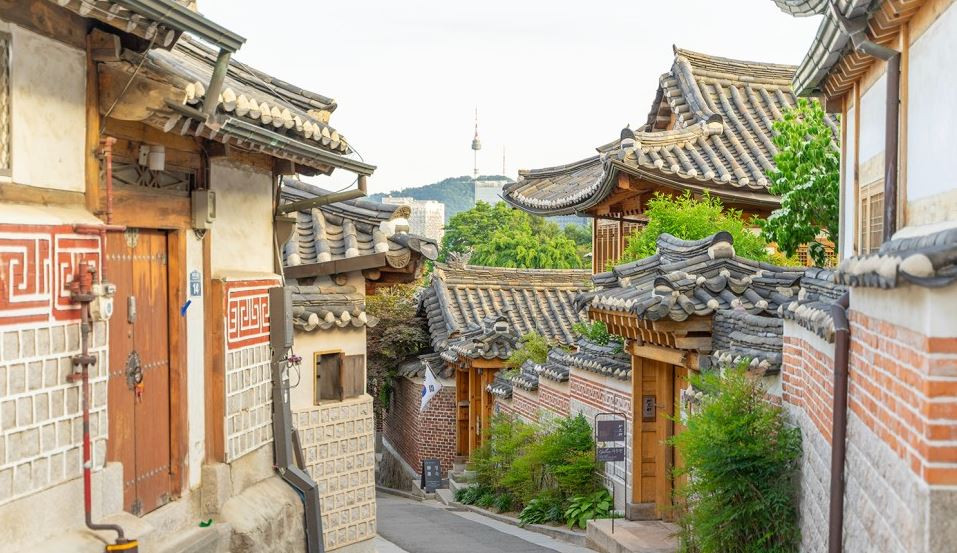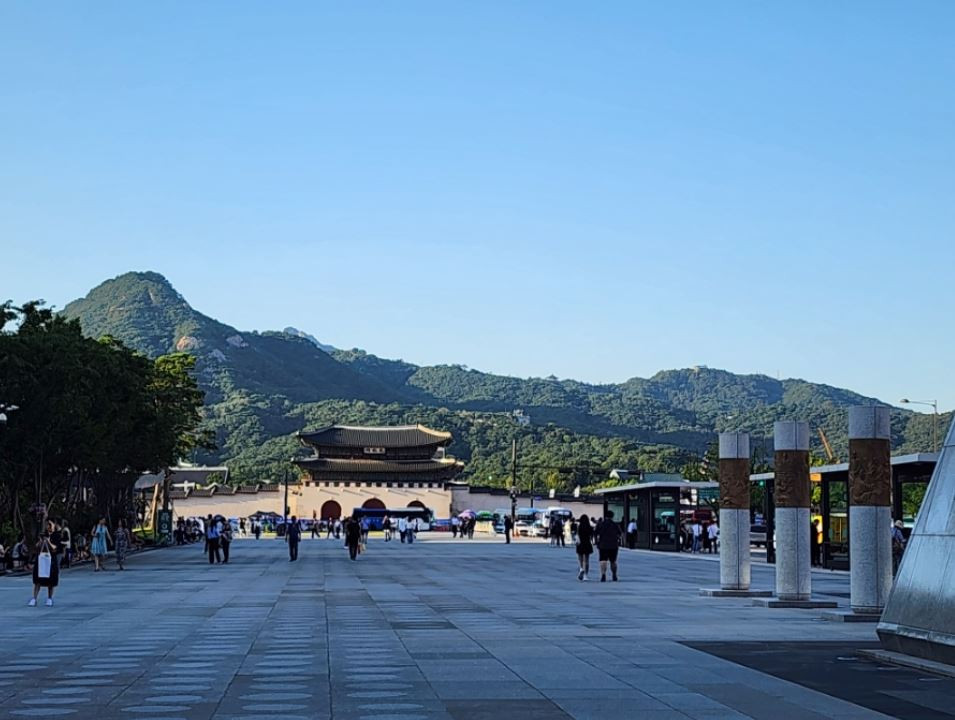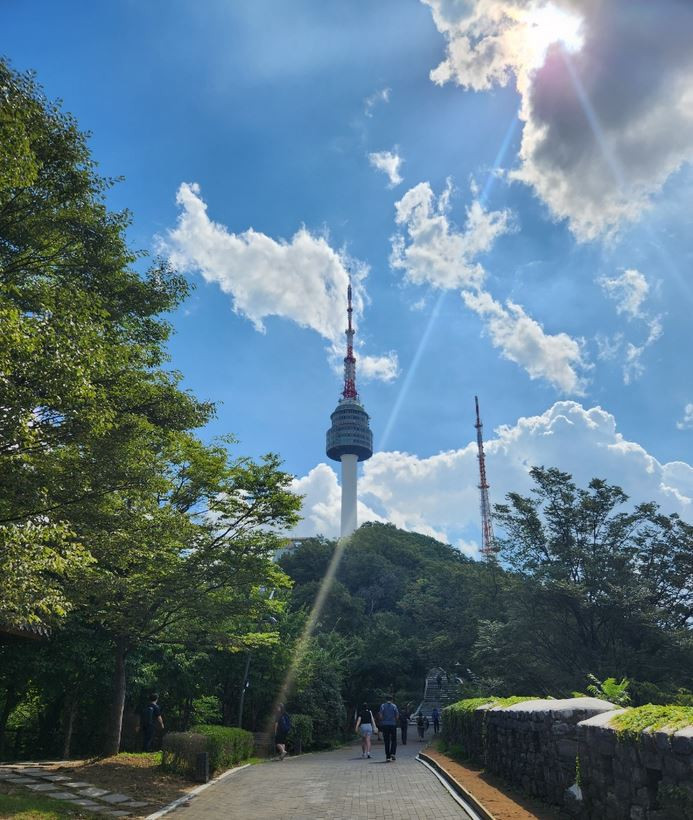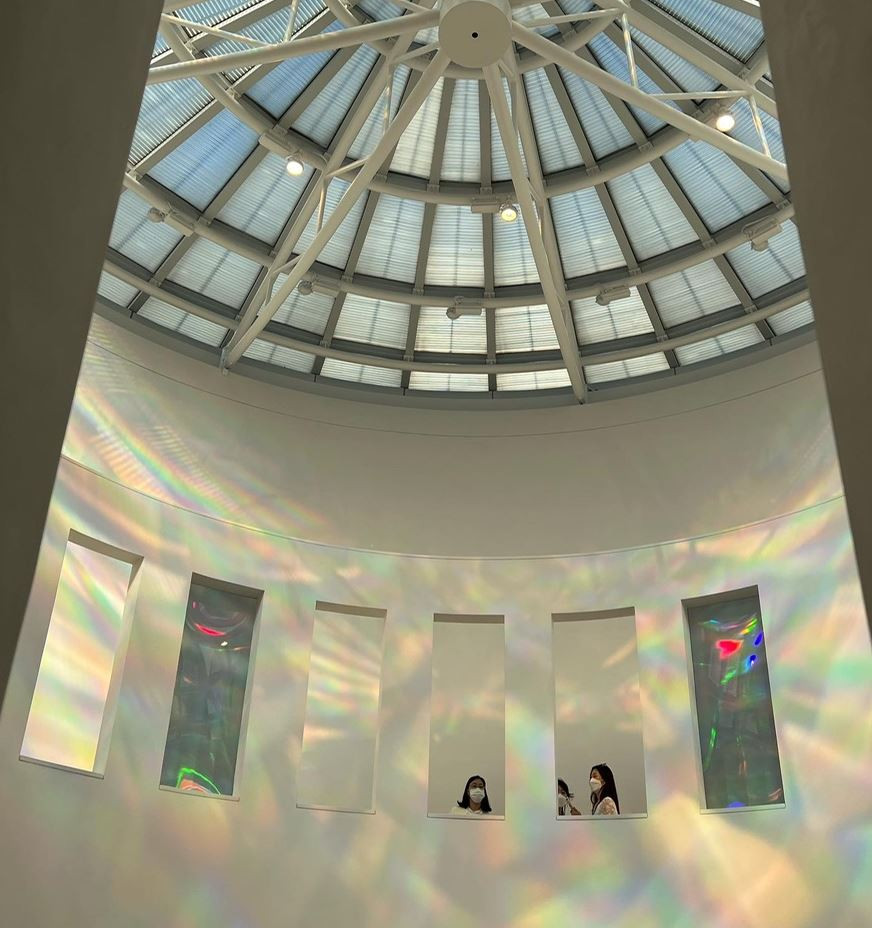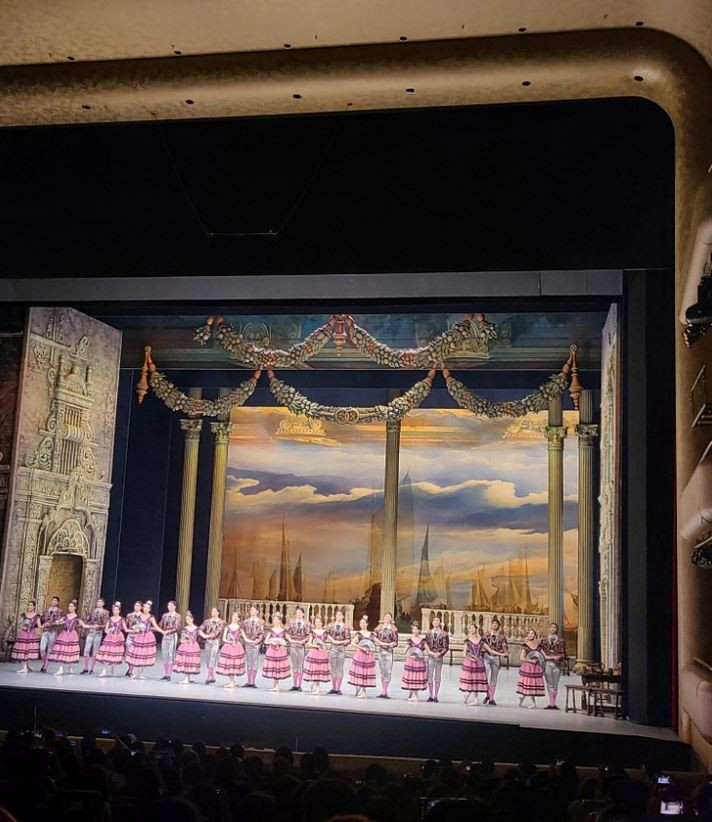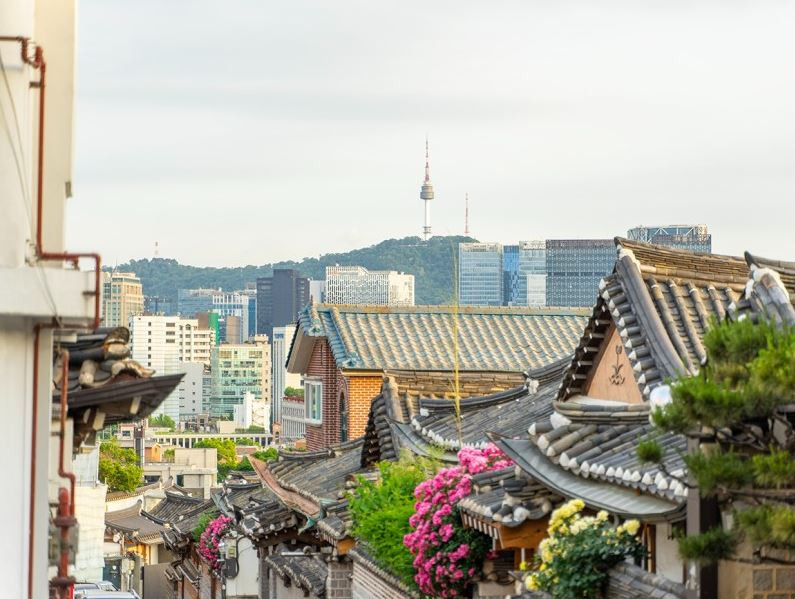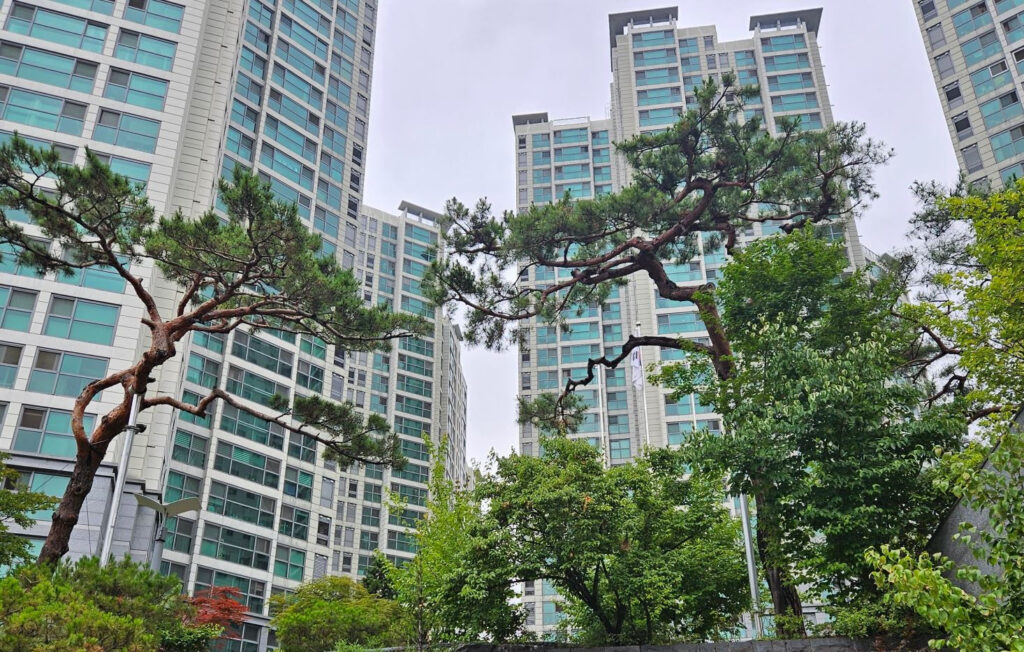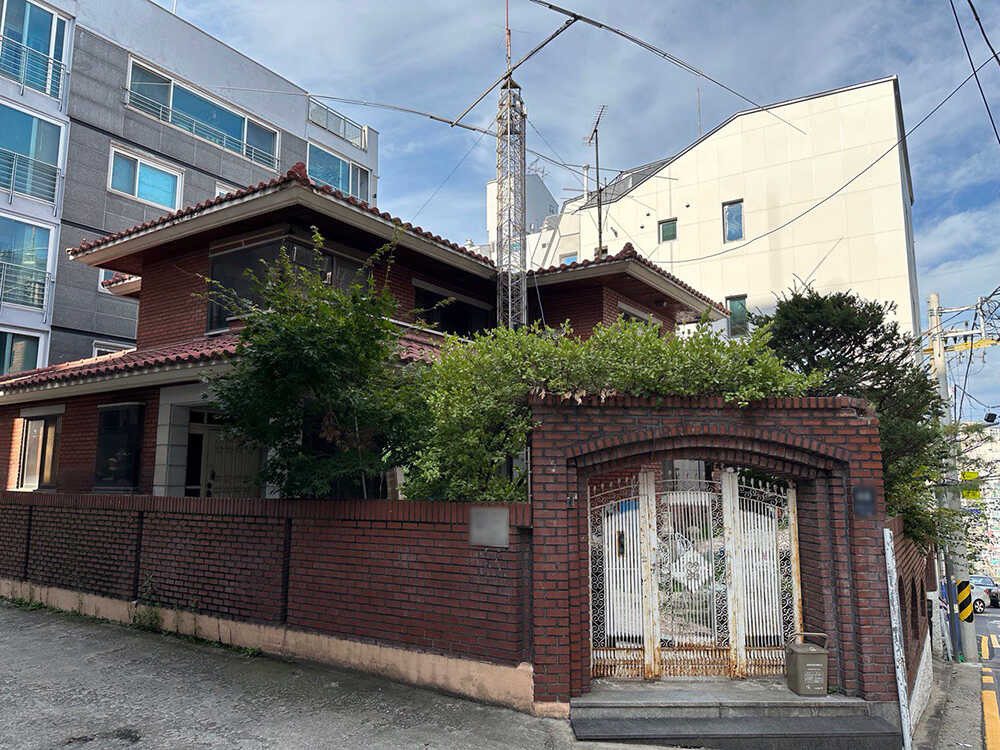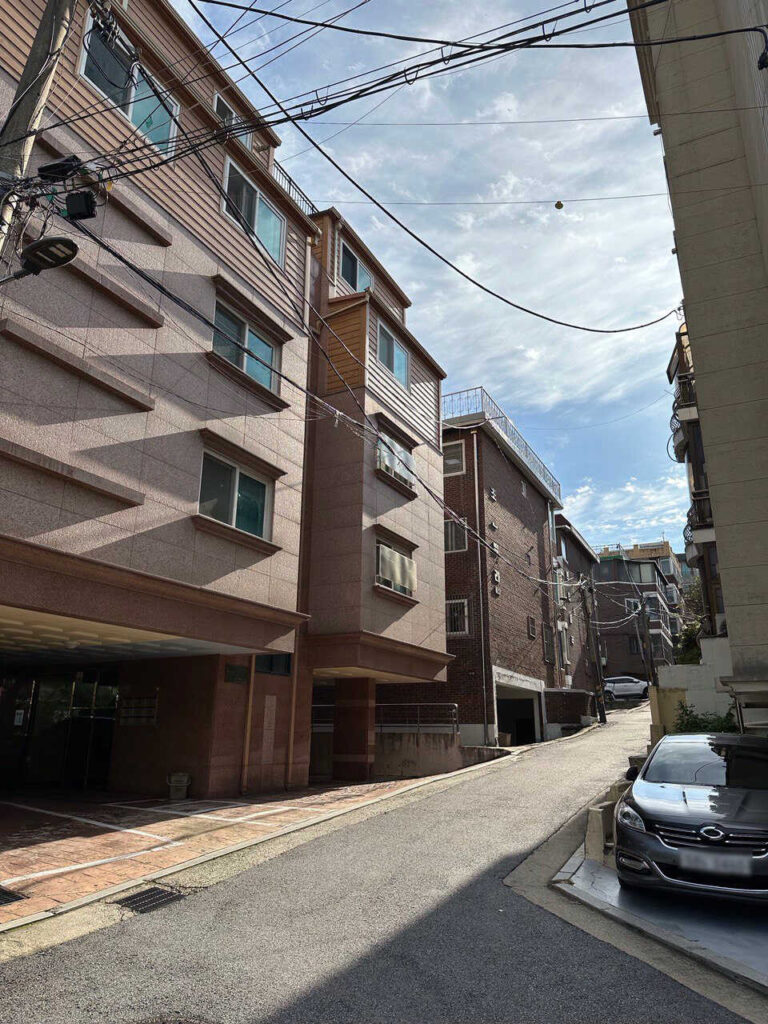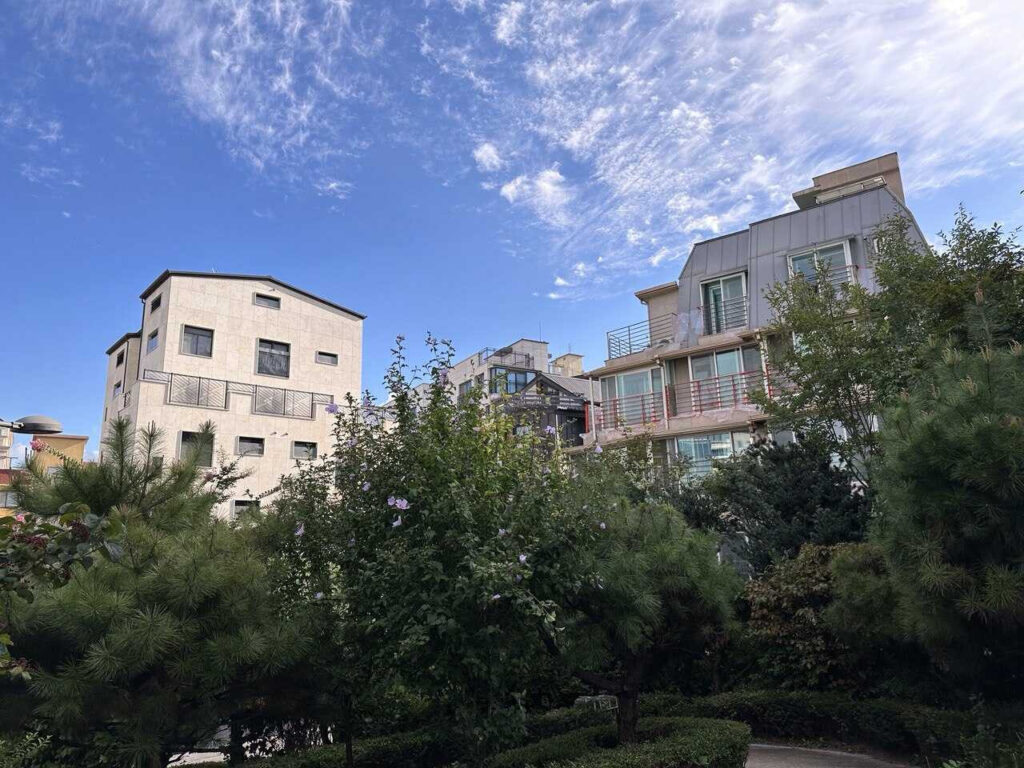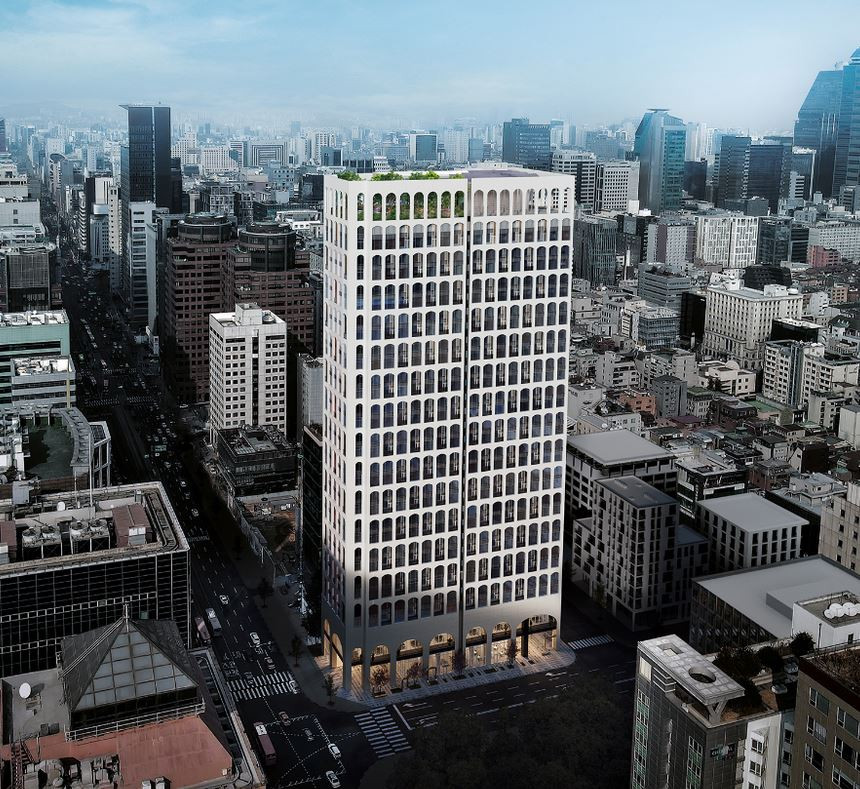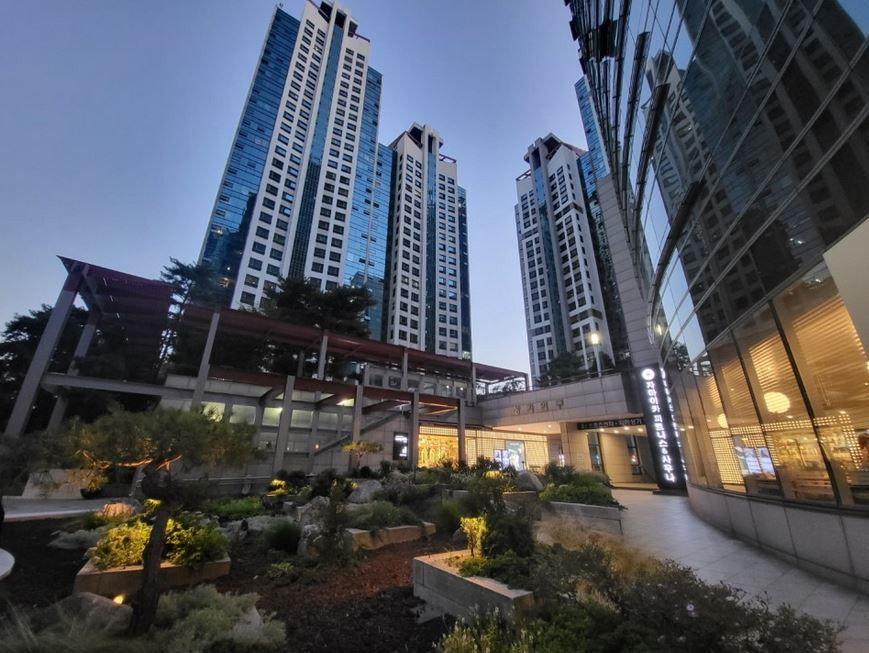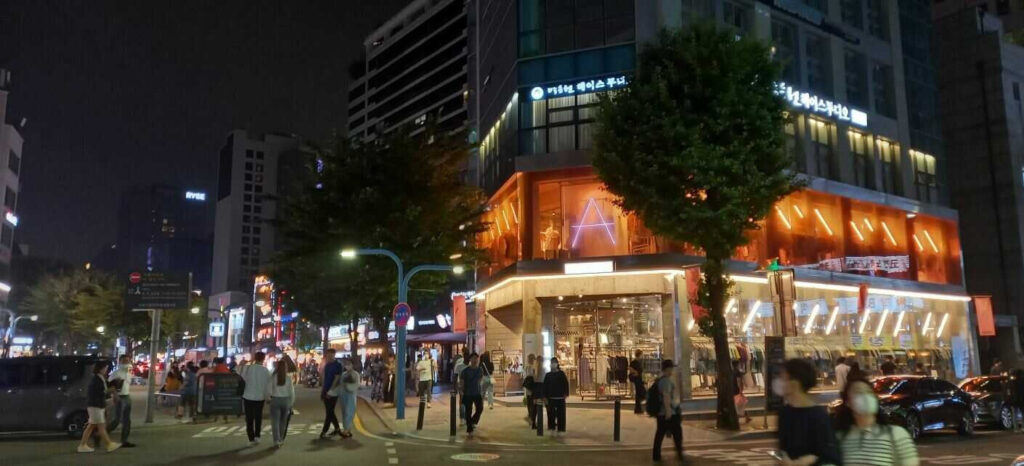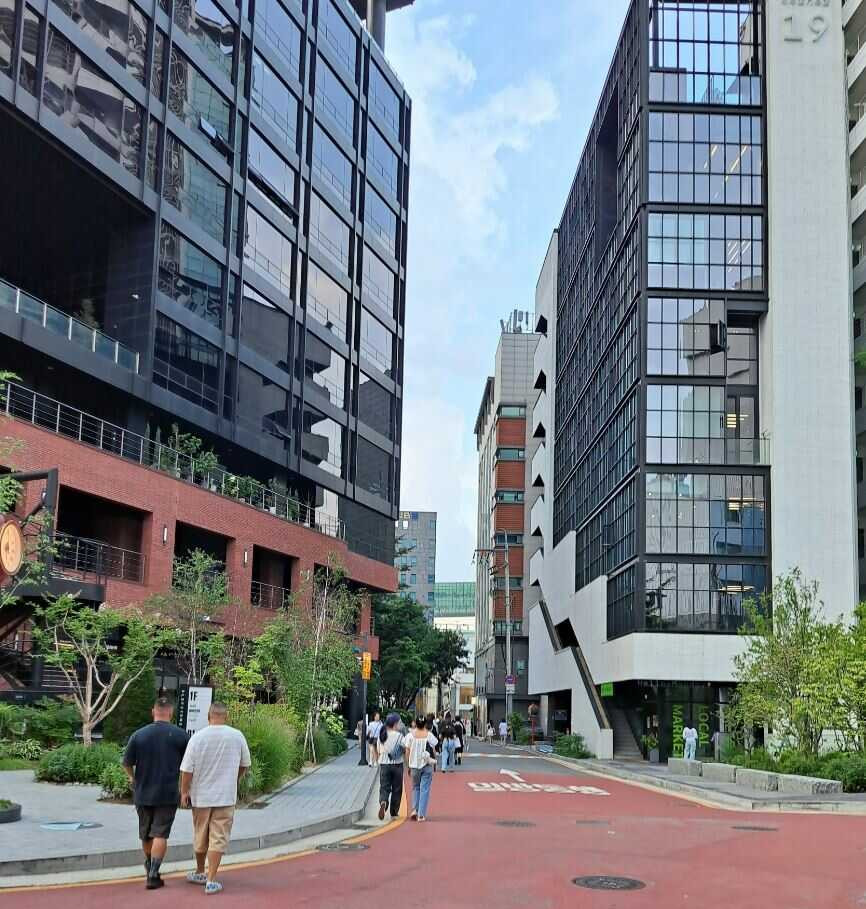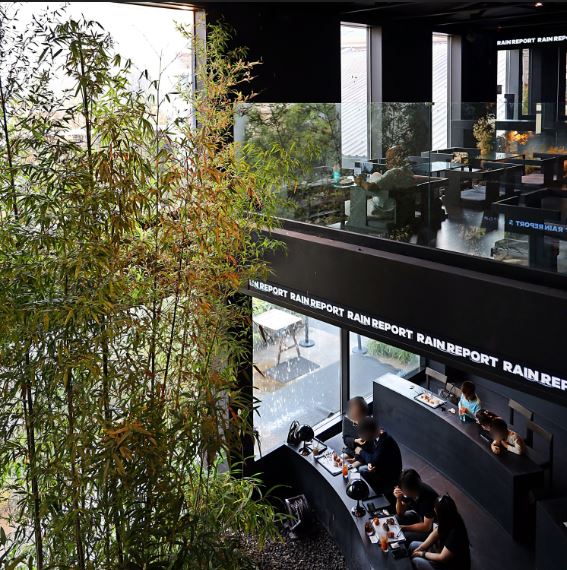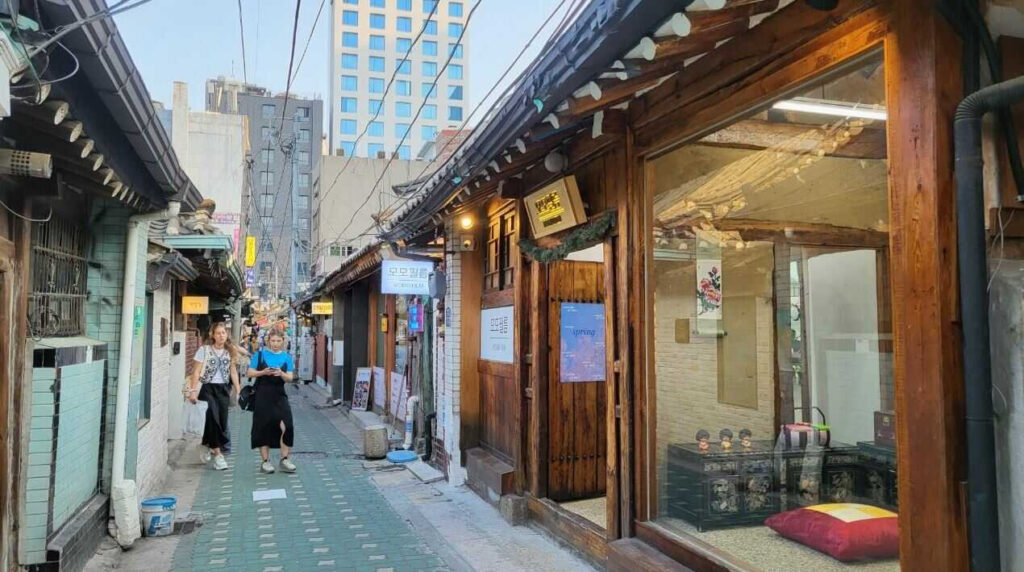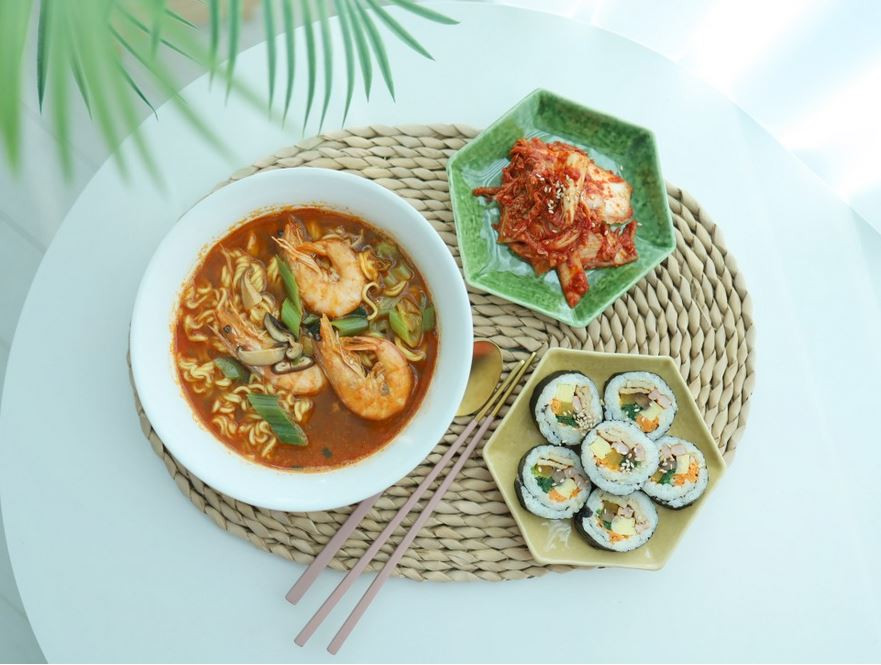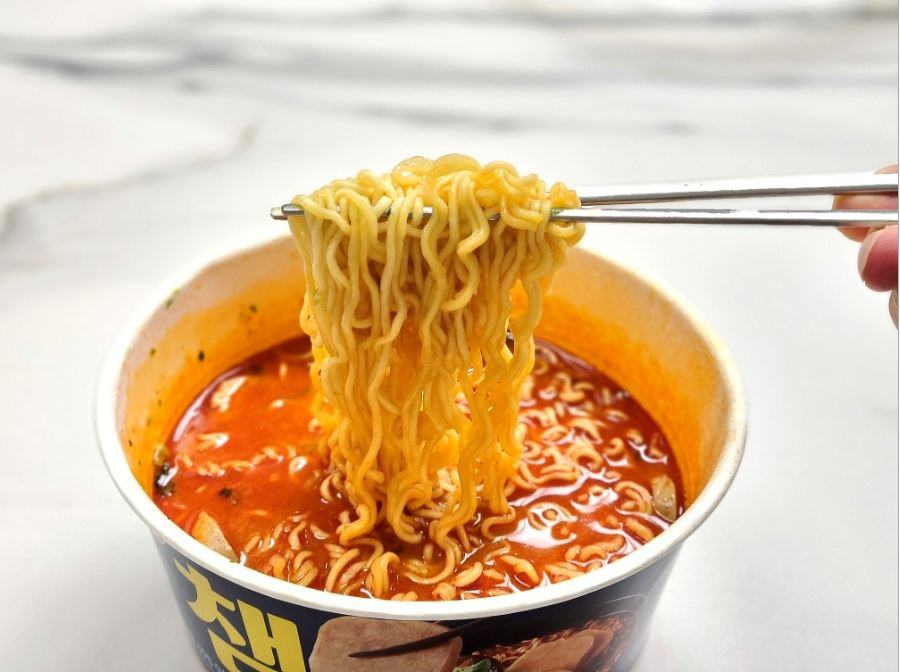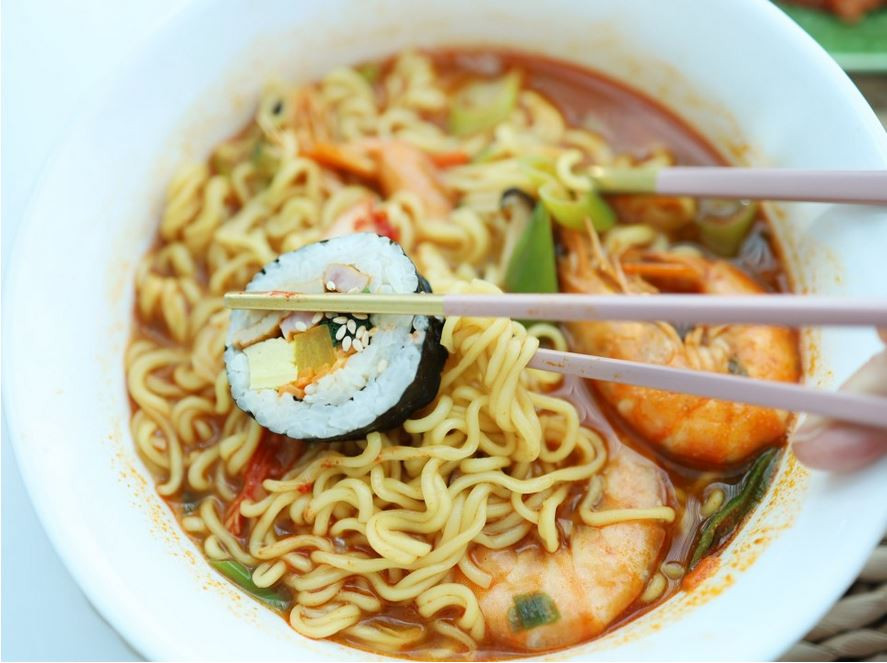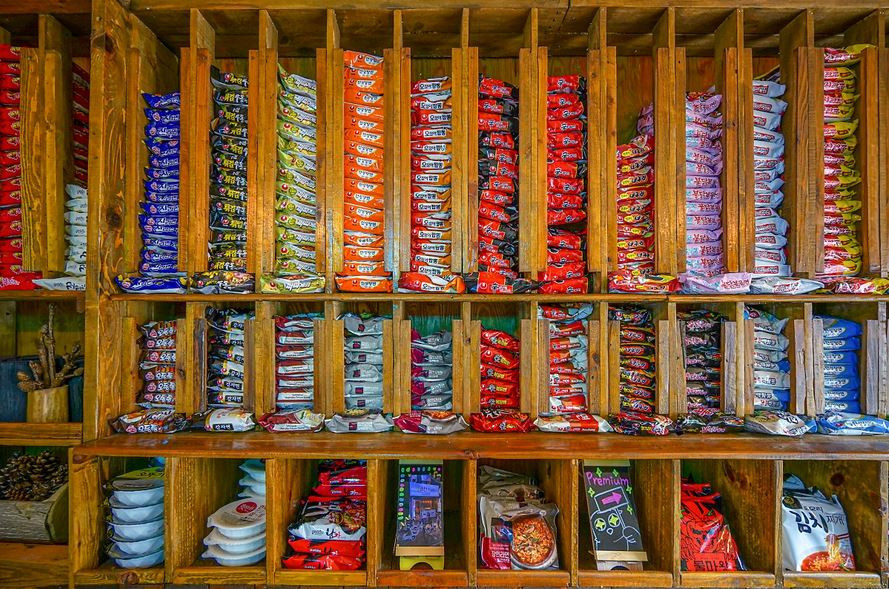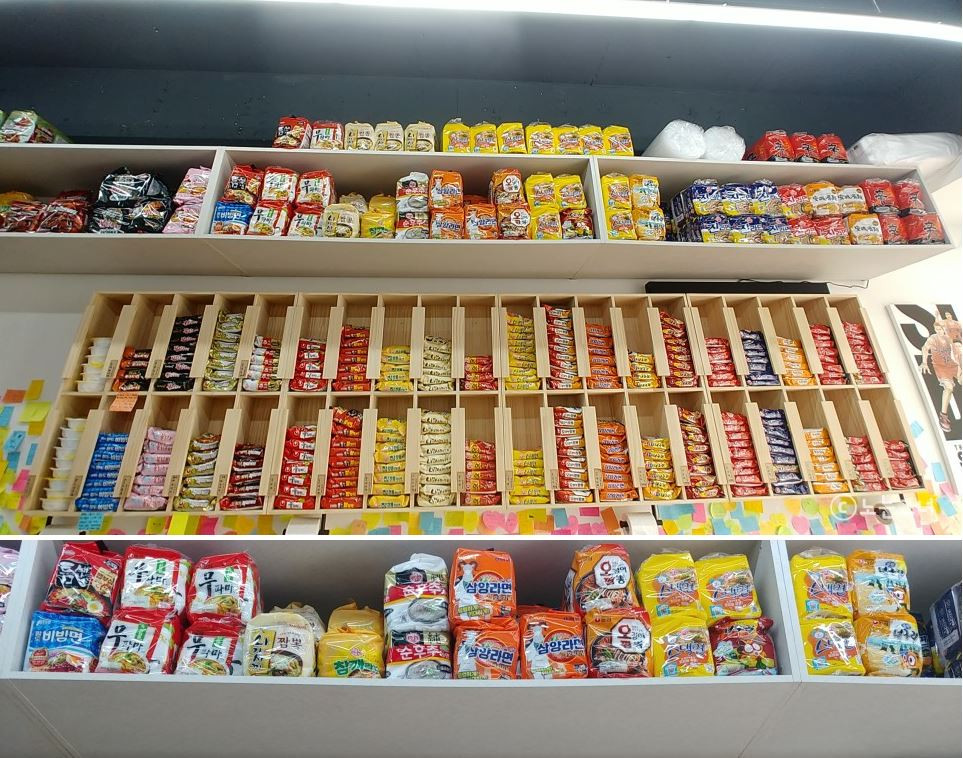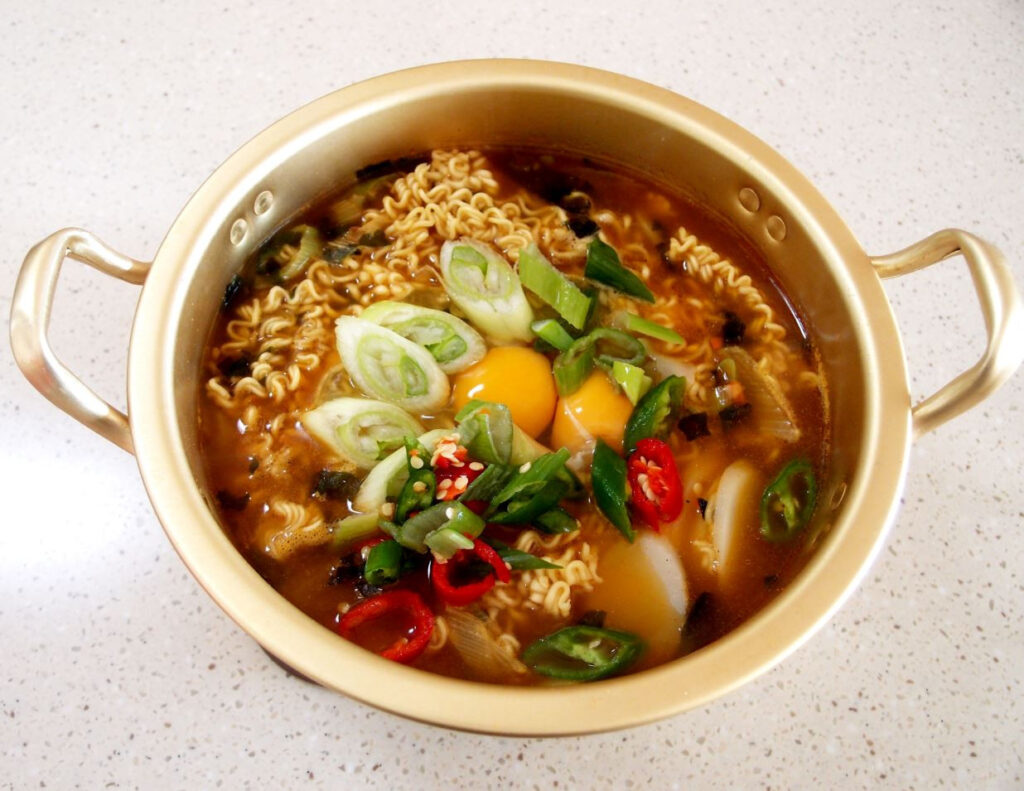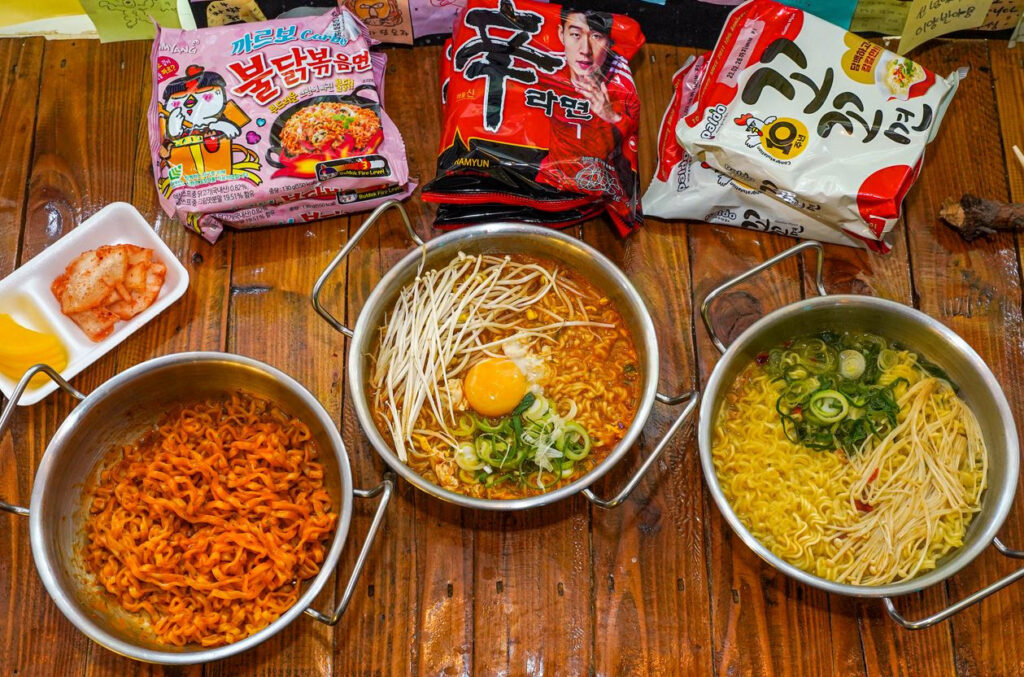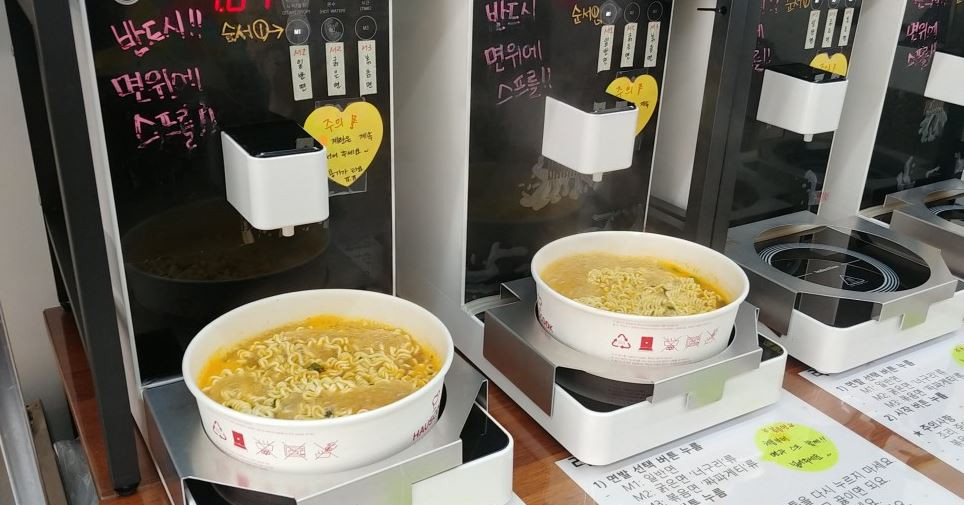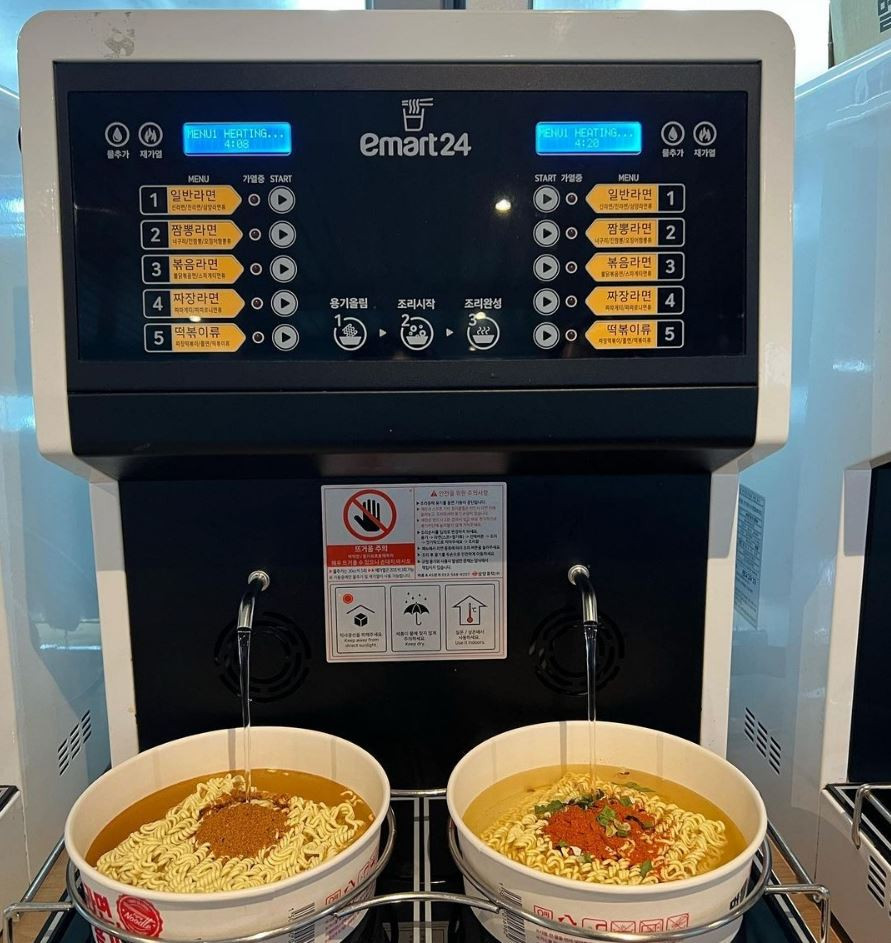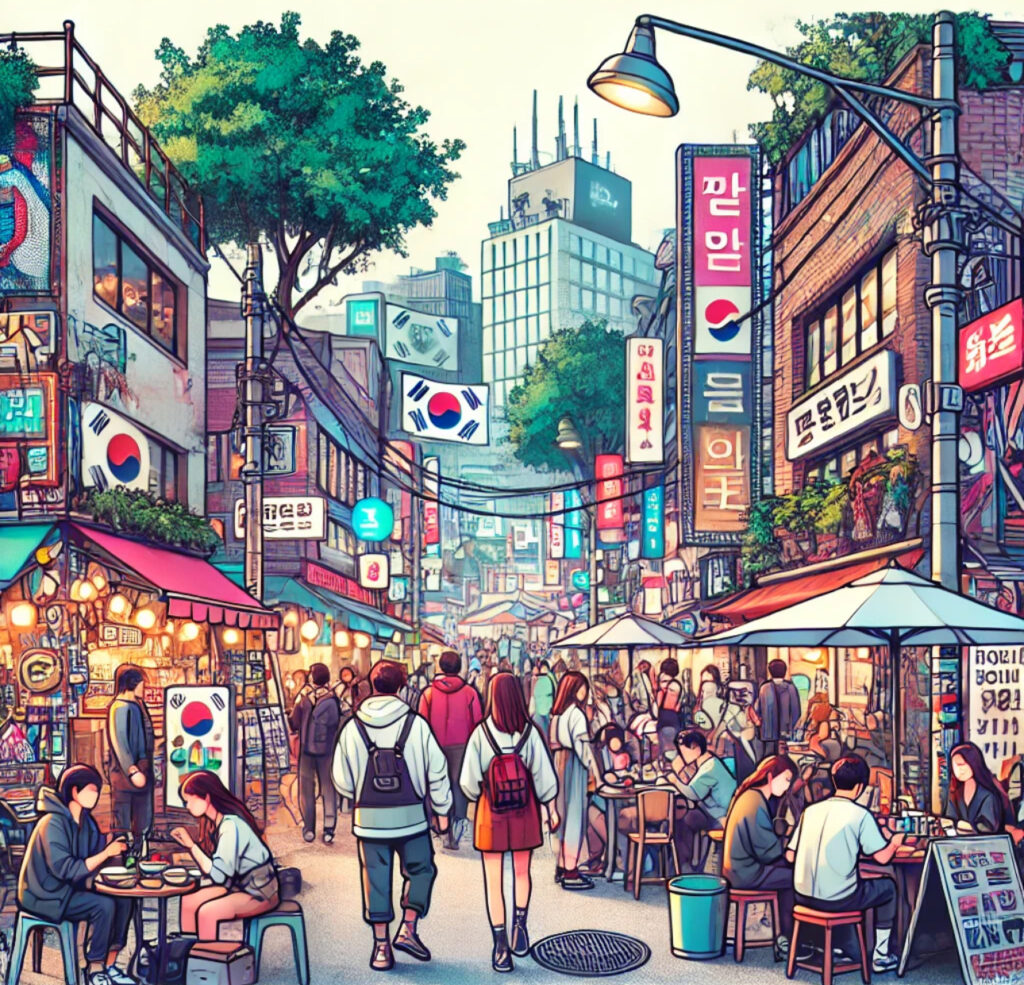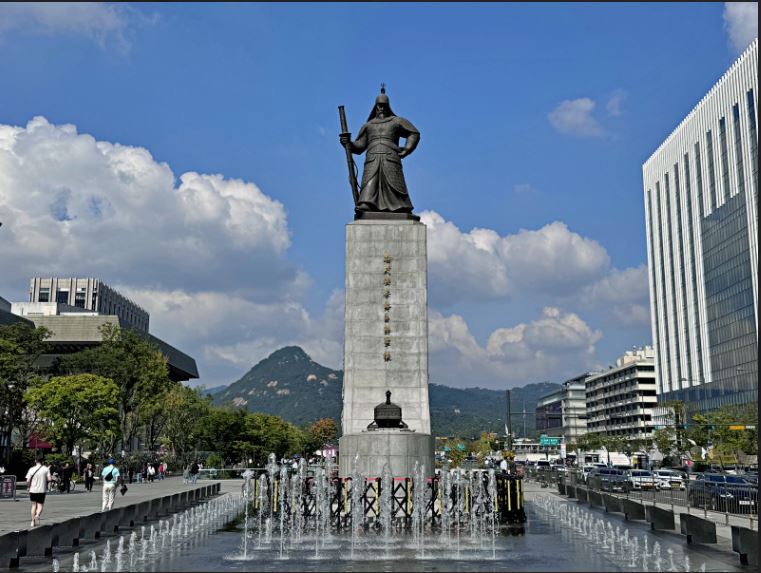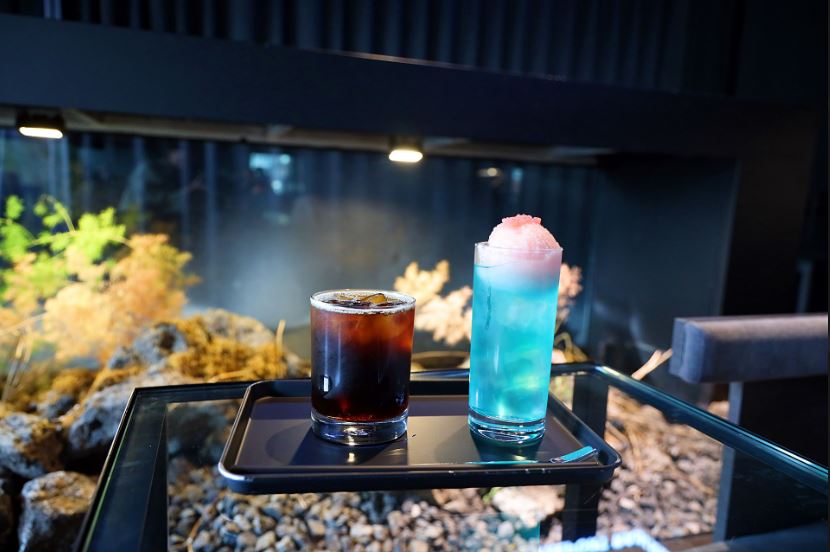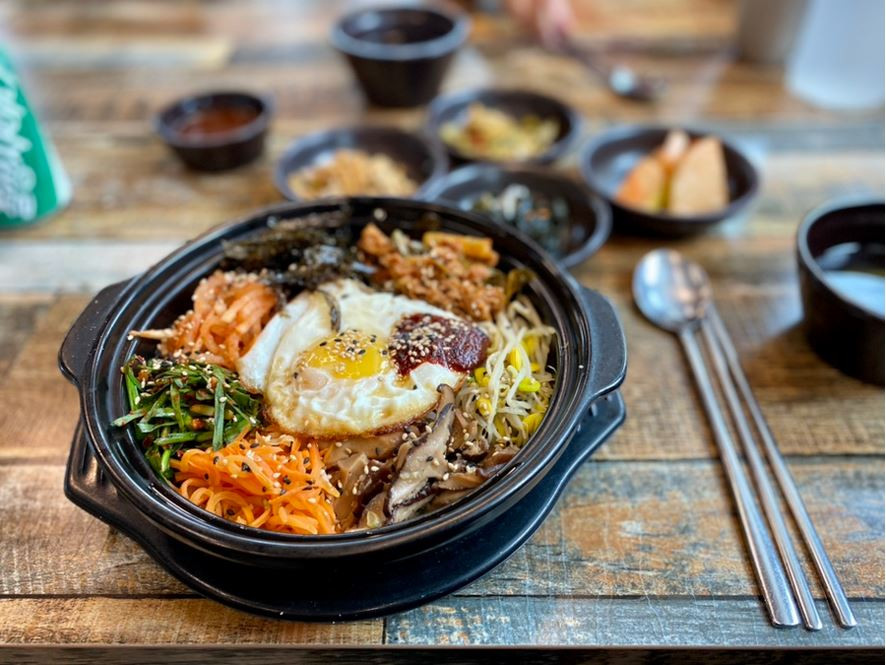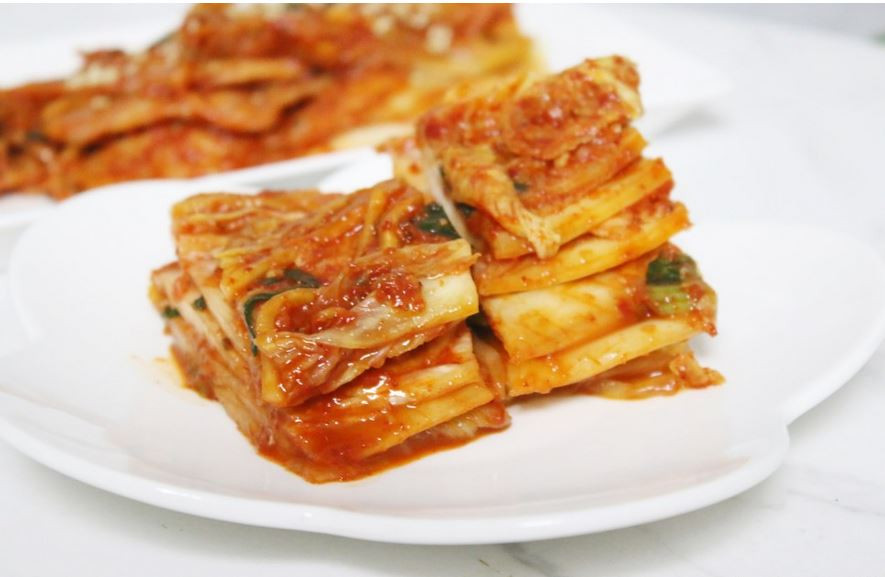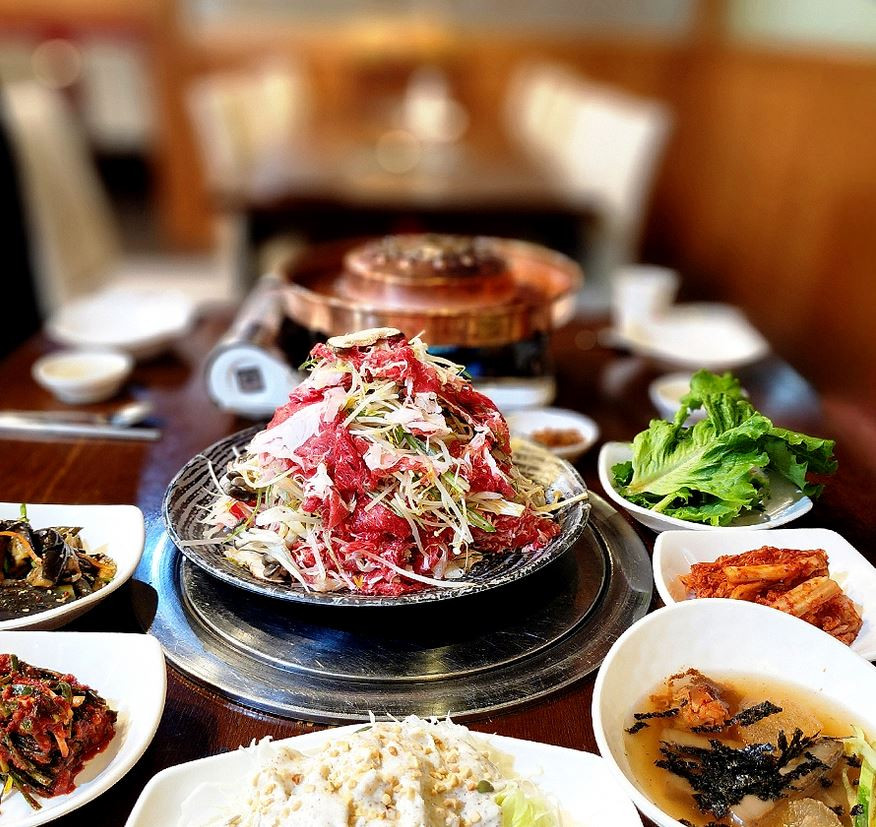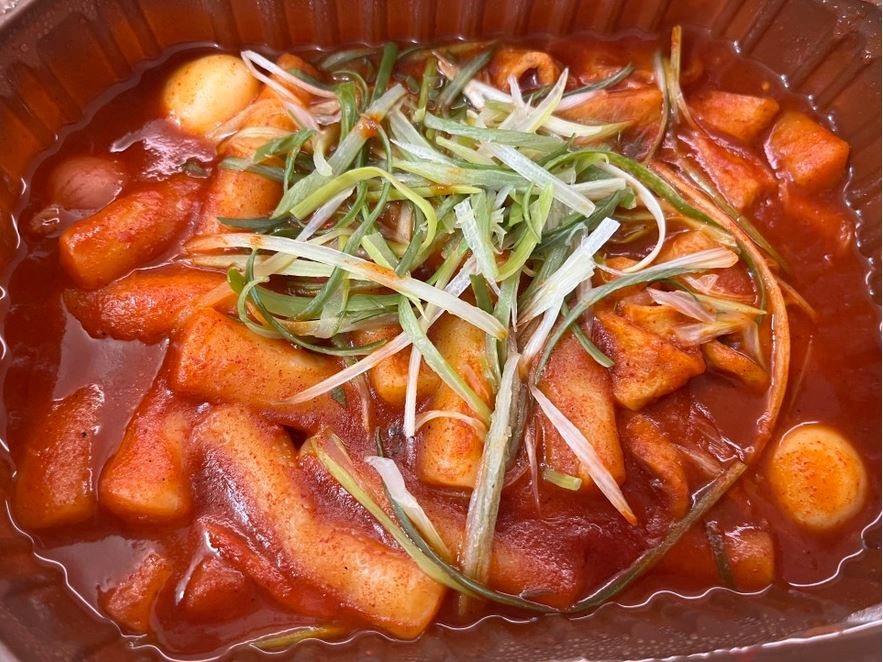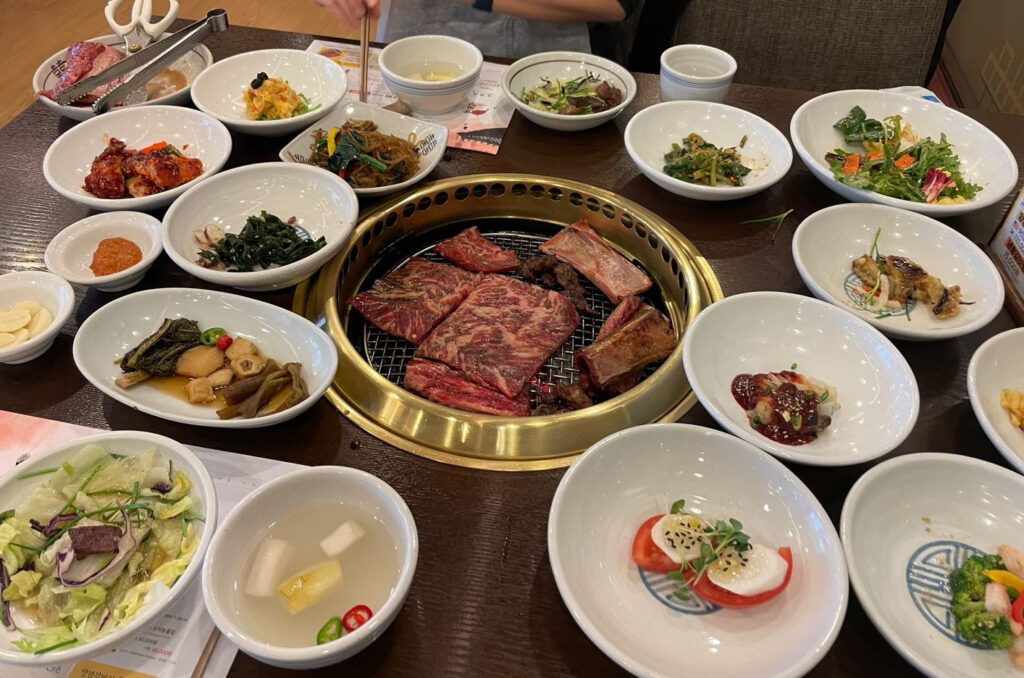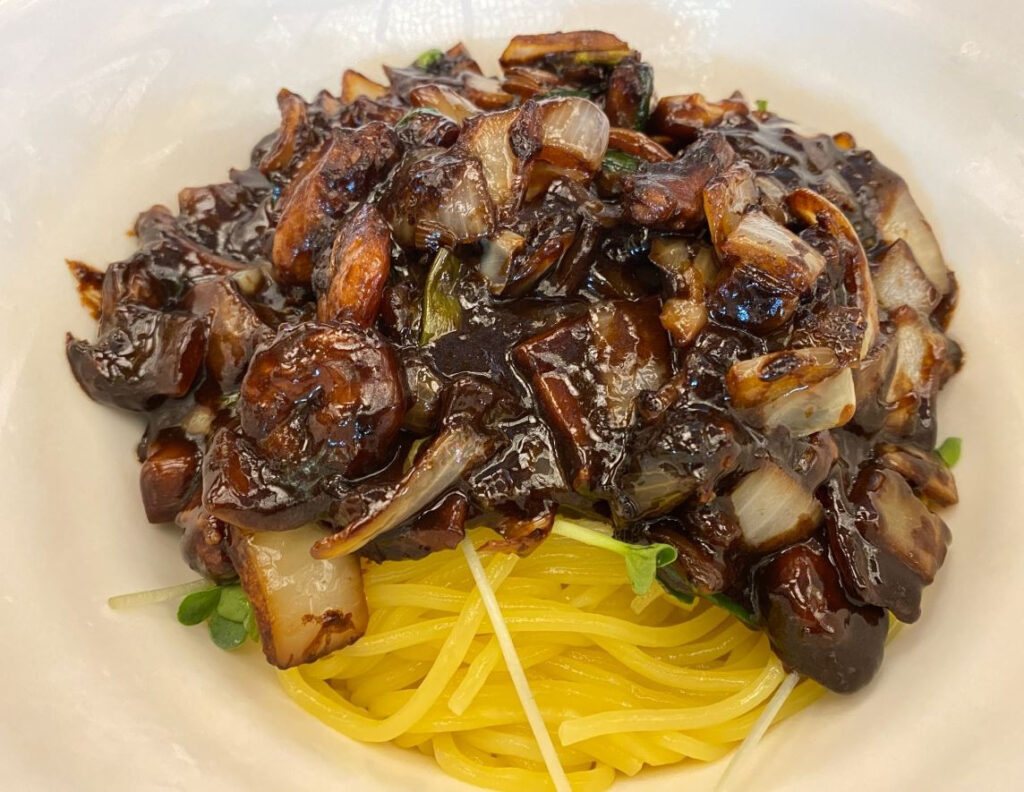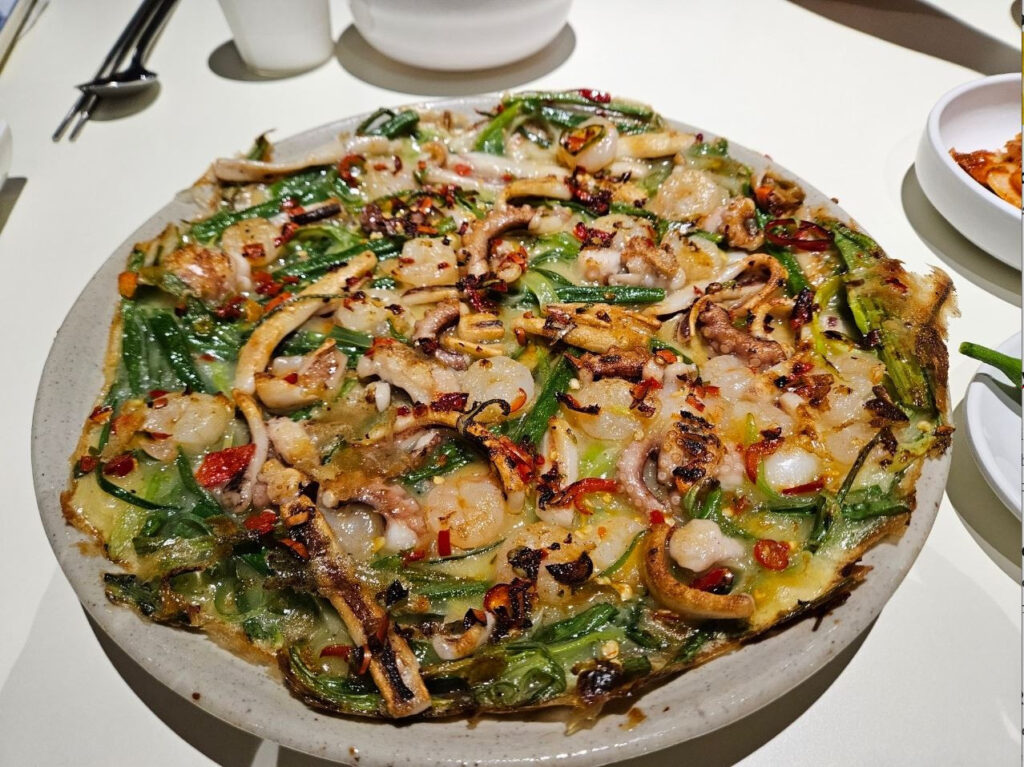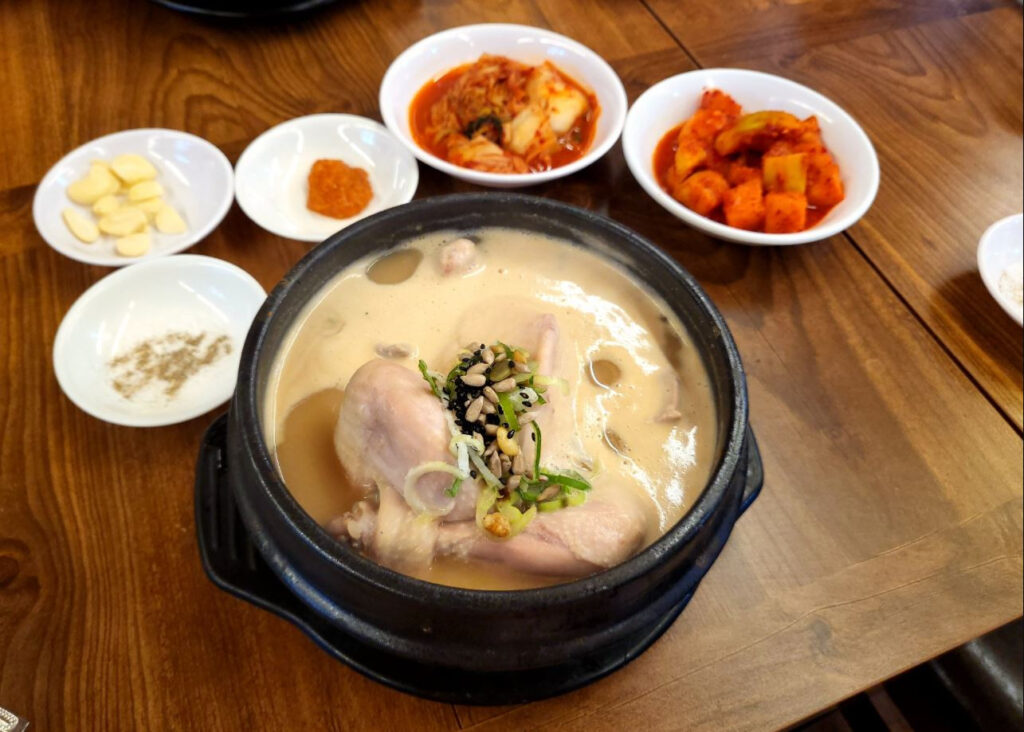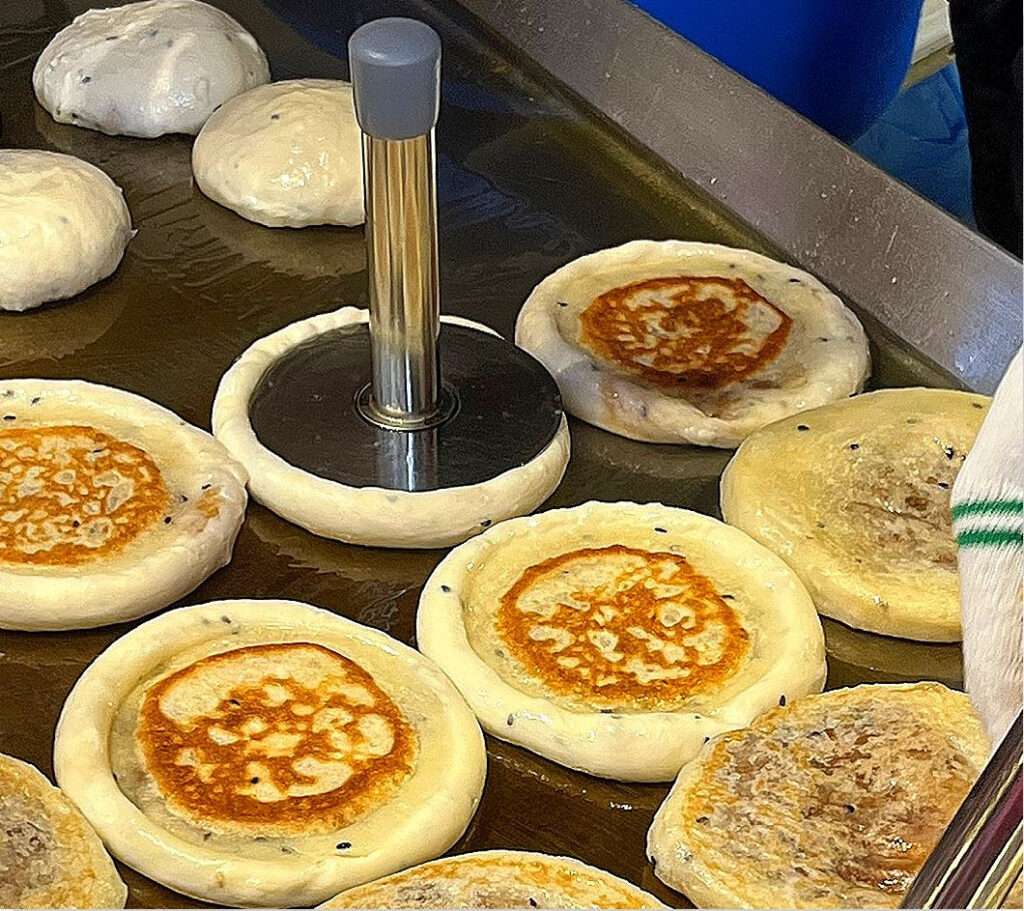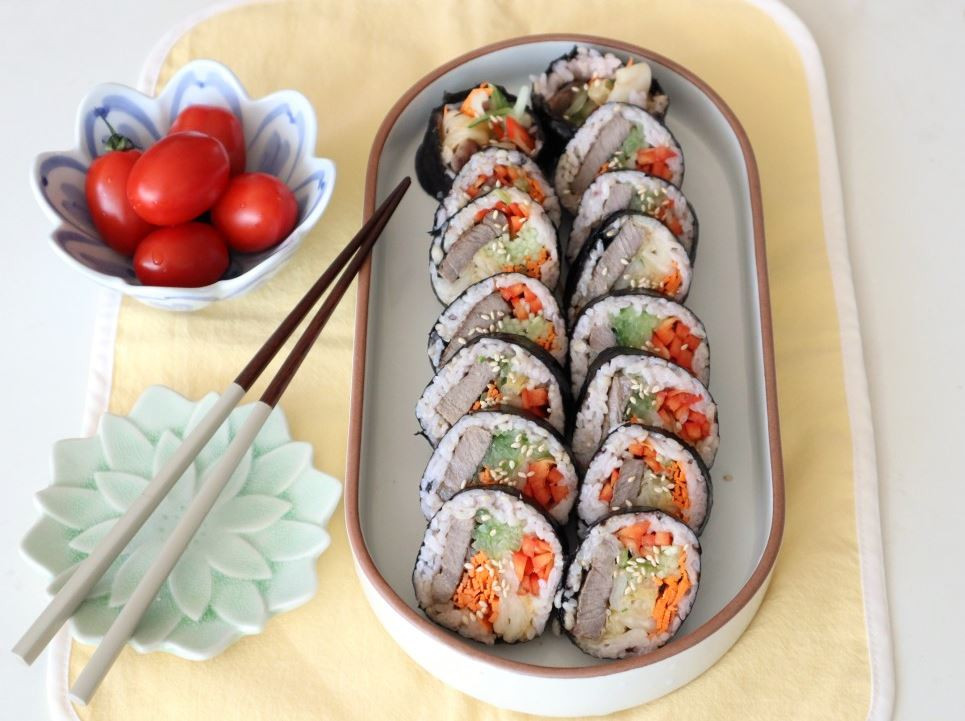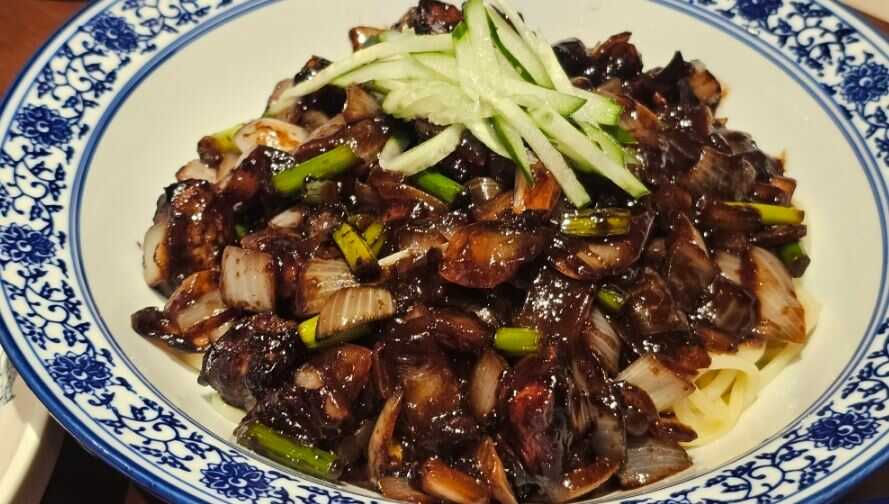
When it comes to Korean cuisine, there’s one dish that stands out for its unique flavor and cultural significance – Jajangmyeon (자장면 or 짜장면). This delicious noodle dish has captured the hearts and taste buds of people around the world, and today we’re going to explore what makes jajangmyeon so special.
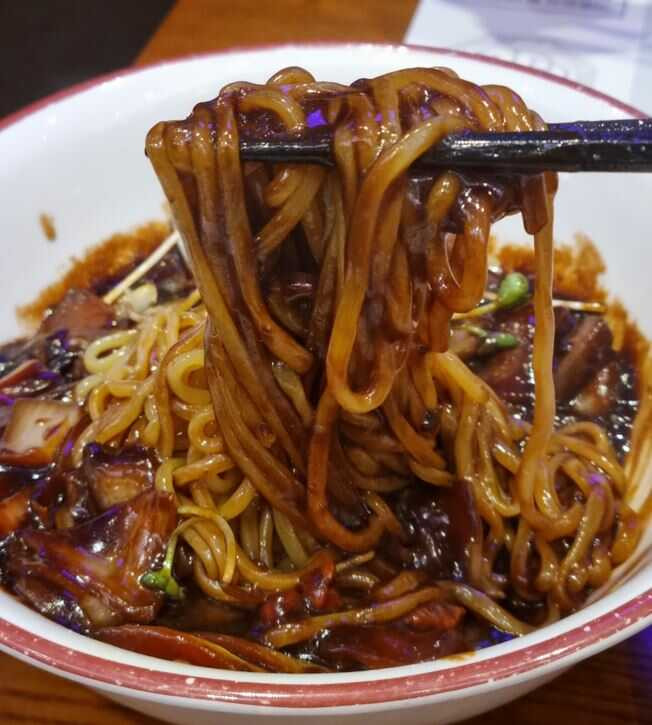
The Origins of Jajangmyeon
Jajangmyeon traces its roots back to China, but has evolved into a distinctly Korean dish. It’s a comforting noodle dish with black bean sauce that was originally introduced to Korea by Chinese immigrants. Over time, it has been adapted to Korean tastes, resulting in a flavor profile that’s unique to Korea.
💡 When ordering Jajangmyeon, you can eat a lot if you order the double size version(곱빼기 Gobbaegi). It only costs about $1 extra. Say “Gobbaegilo juseyo!”
A Symphony of Flavors
The key to Jajangmyeon’s distinctive flavor is its sauce. The rich, savory black bean sauce is made from fermented black soybeans, caramelized onions, and a medley of vegetables and meats. This combination creates a harmonious balance of sweet and salty, with a hint of umami that’s simply irresistible.
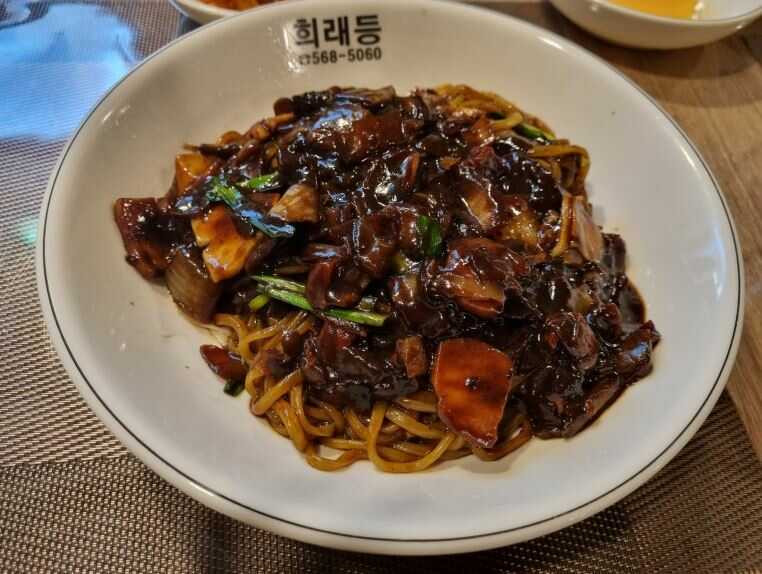
💡 The average price of a bowl of Jajangmyeon is 7,000 won.
The Perfect Noodle
Jajangmyeon is traditionally served with thick, chewy wheat noodles that absorb the sauce beautifully. These noodles add a wonderful textural element to the dish, making every bite a delightful experience.
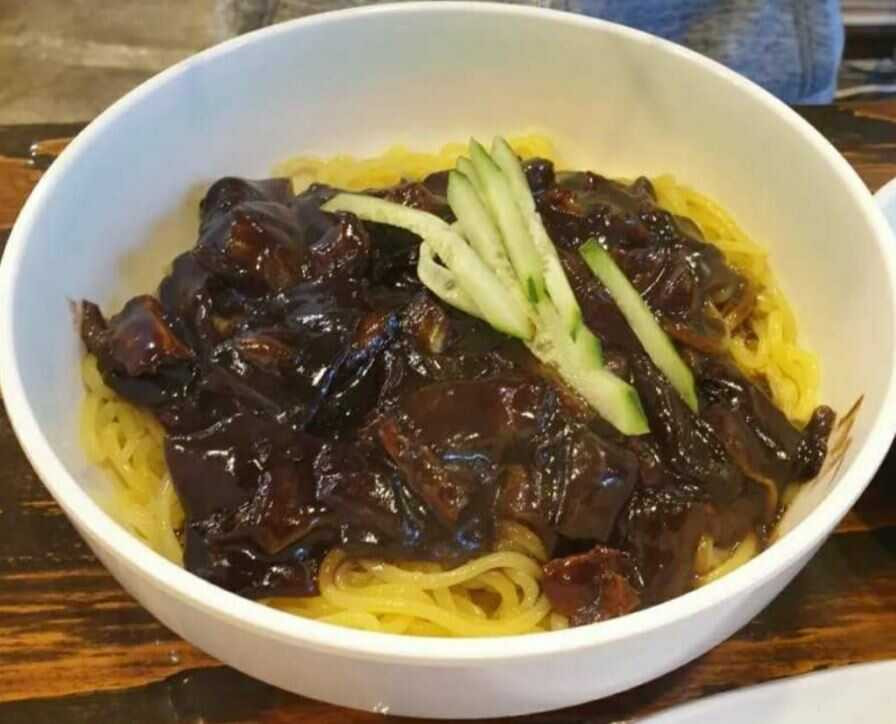
Accompaniments and Variations
In Korea, jajangmyeon is often enjoyed with a side of danmuji (yellow pickled radish) and sometimes some chunjang (extra black bean sauce) for those who want to intensify the flavor. Variations of the dish include seafood jajangmyeon and even vegetarian options to cater to different palates.
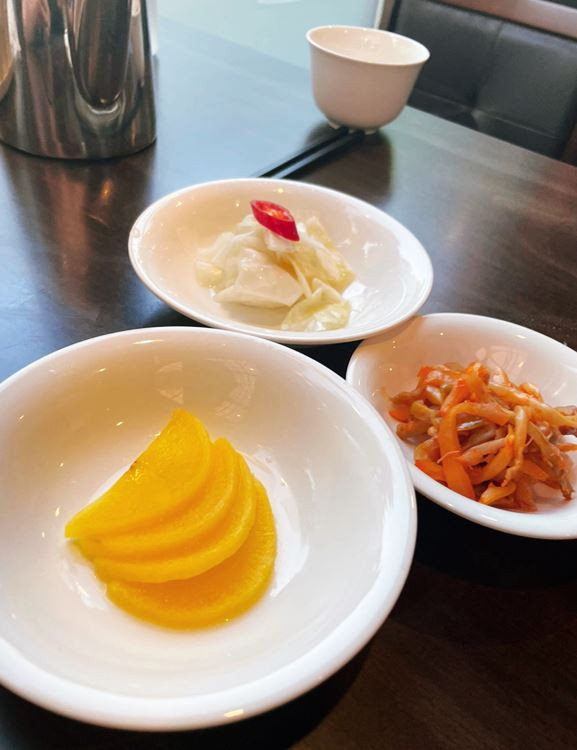
A Culinary Journey Worth Taking
Whether you’re a Korean food aficionado or new to the world of jajangmyeon, exploring this dish is a culinary journey worth taking. Its rich history, unique flavors, and satisfying textures make it a beloved staple of Korean cuisine.
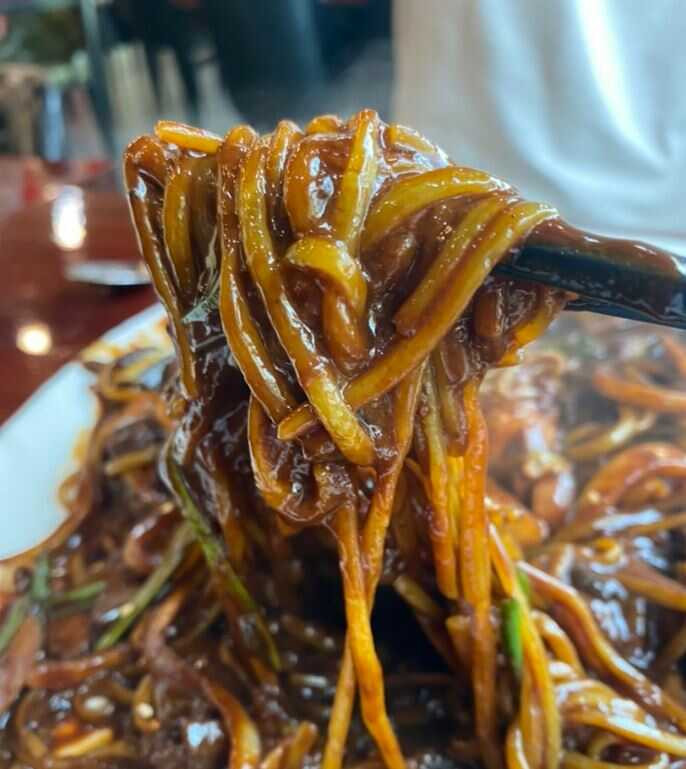
Five Reasons Why Everyone Loves It
- Rich umami flavor: One of the main reasons people love Jajangmyeon is its rich umami flavor. The savory black bean sauce, made from fermented black soybeans, caramelized onions and a blend of ingredients, delivers a deep and satisfying flavor.
- Satisfying comfort food: Jajangmyeon is the ultimate comfort food. Its hearty combination of thick noodles and thick, savory sauce is a comforting hug, perfect for warming both your stomach and your heart.
- Unique cultural experience: Many people enjoy jajangmyeon not only for its taste, but also for the cultural experience it provides. It’s a dish with a history that blends Korean culture with its Chinese origins, making it a culinary adventure.
- Versatile variations: Jajangmyeon comes in a variety of forms to suit different tastes. Whether you prefer it with seafood, vegetables, or meat, there’s a jajangmyeon variation for everyone, allowing you to customize it to your liking.
- Nostalgia and tradition: For some, jajangmyeon is a nostalgic reminder of childhood or special occasions. It’s a dish often associated with celebrations and gatherings, making it a beloved part of Korean tradition and family memories.
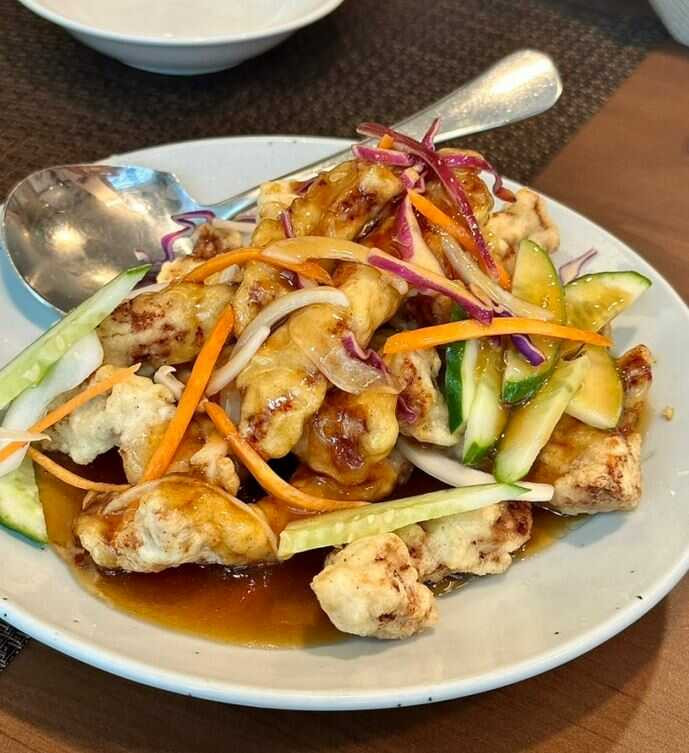
💡 Tangsuyuk 탕수육 (Sweet and sour pork) goes well with Jajangmyeon, so order it and eat it with it.
In conclusion, Korean jajangmyeon is more than just a noodle dish; it’s a cultural icon that combines the flavors and traditions of both China and Korea. So the next time you’re in the mood for something hearty and flavorful, try this delicious dish that has won hearts around the world. Your taste buds will thank you!

